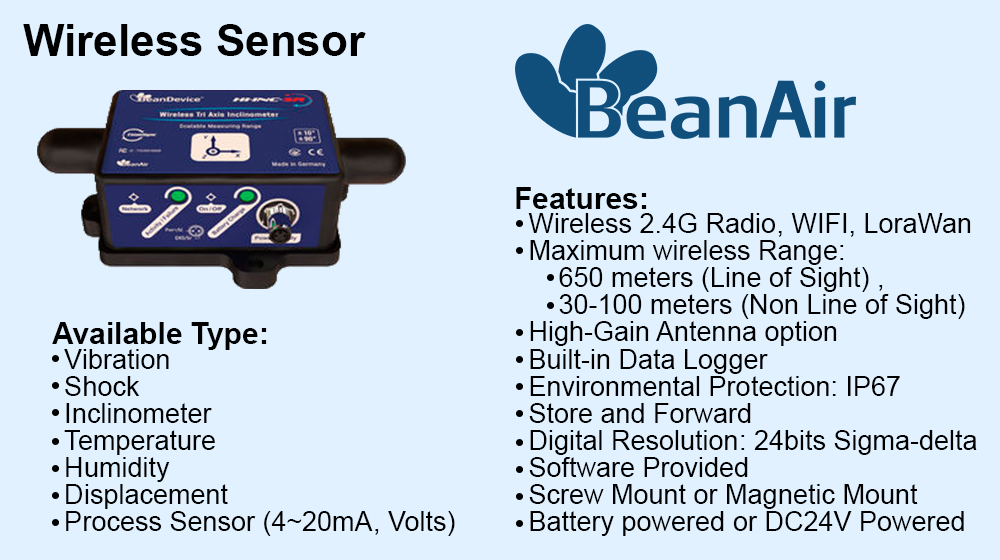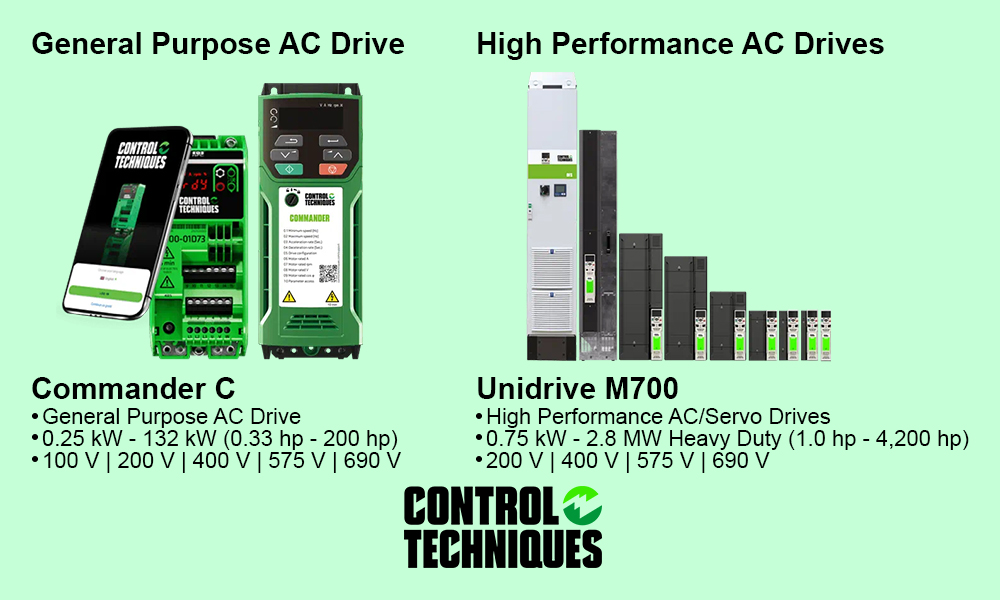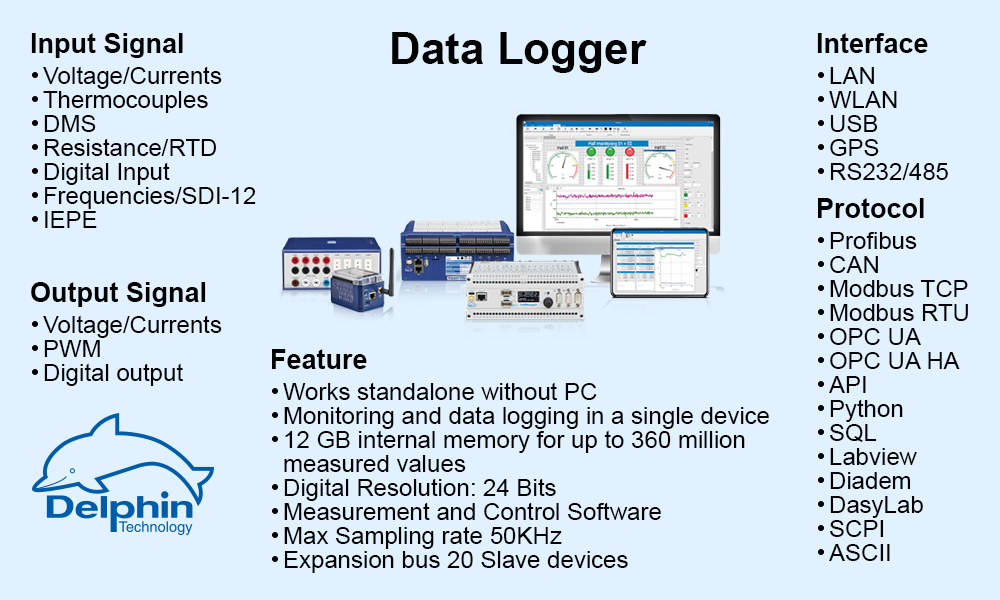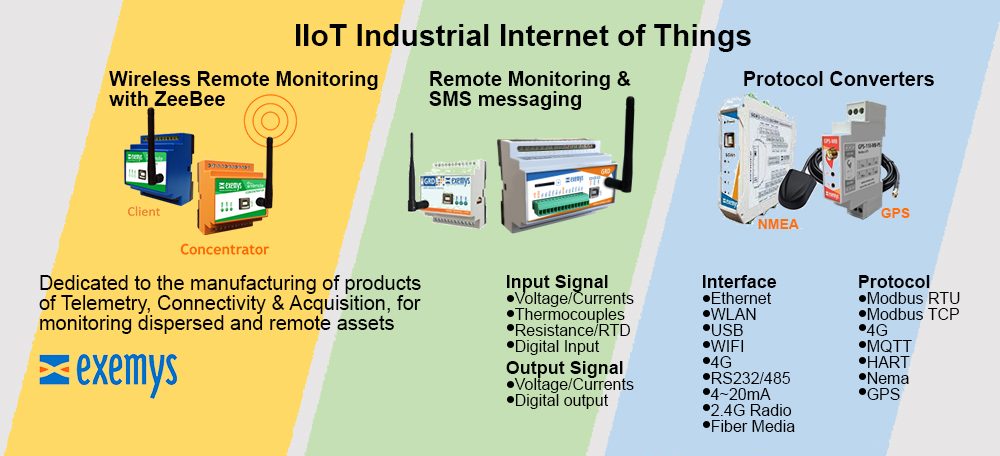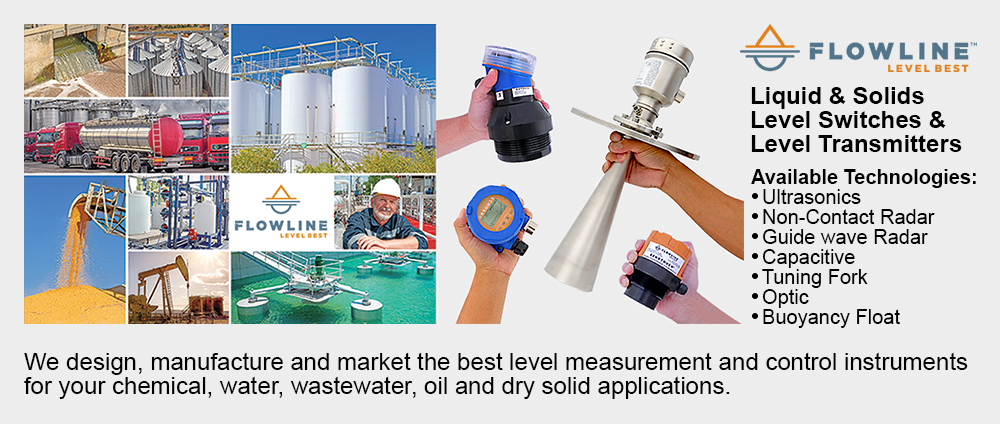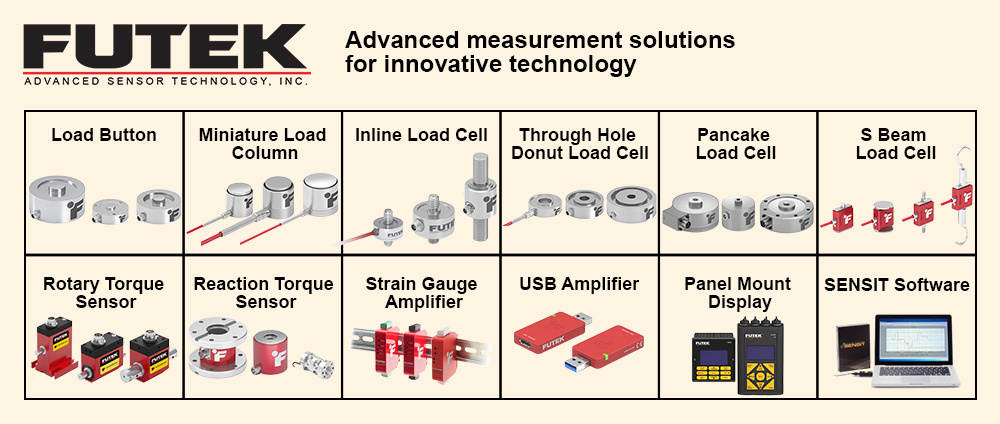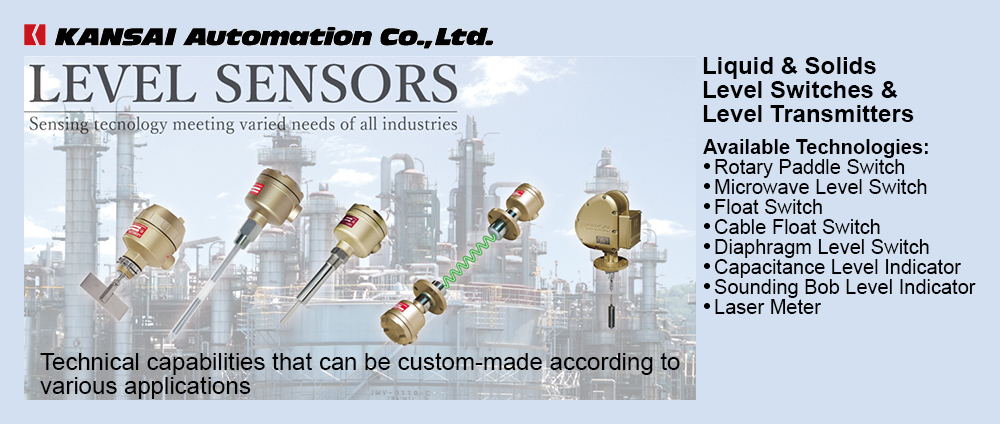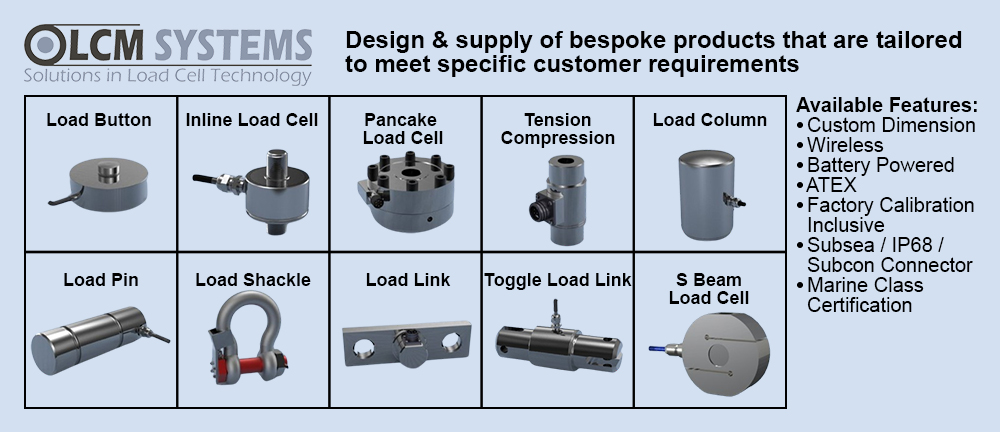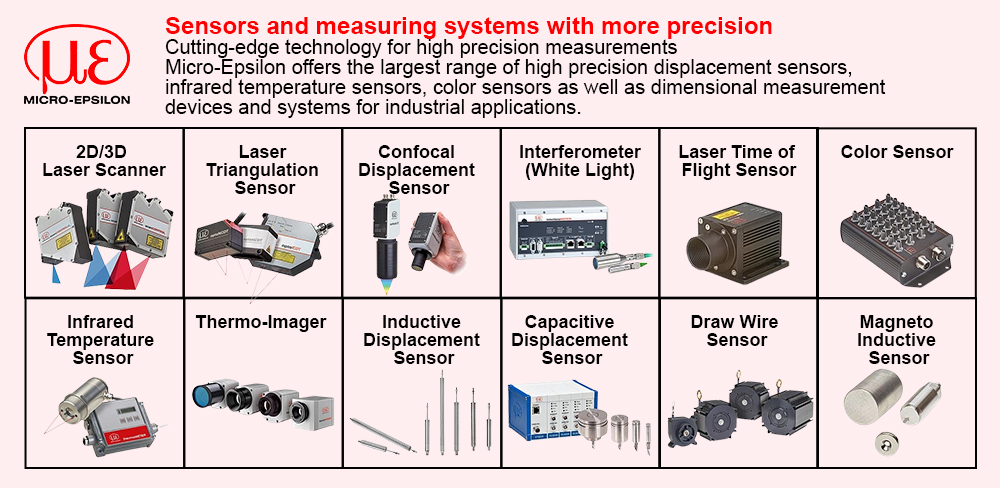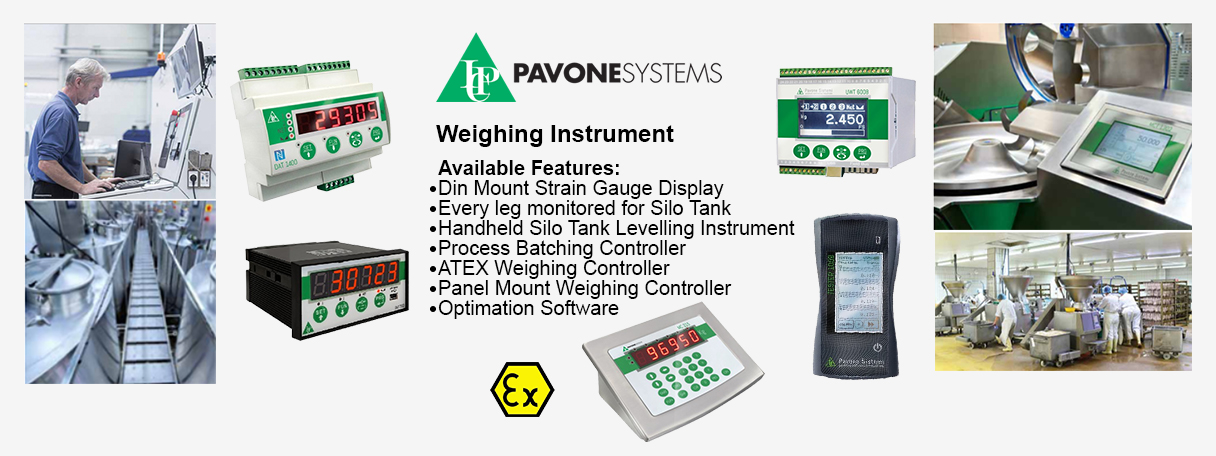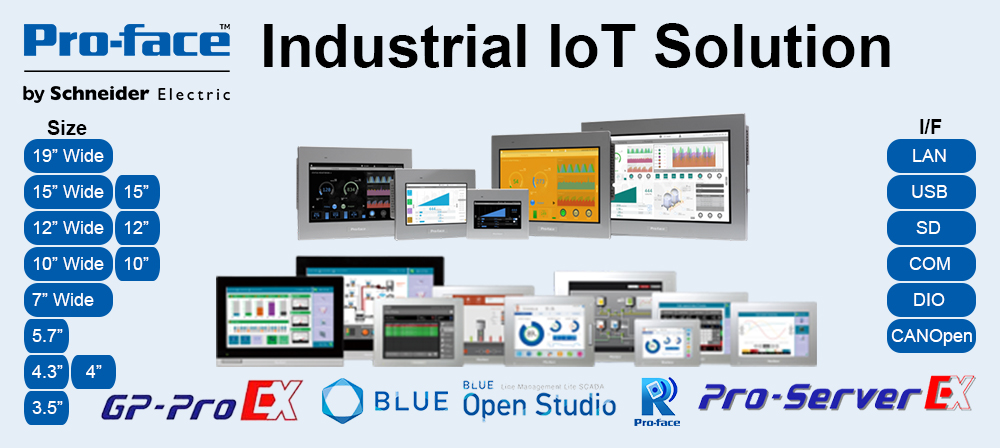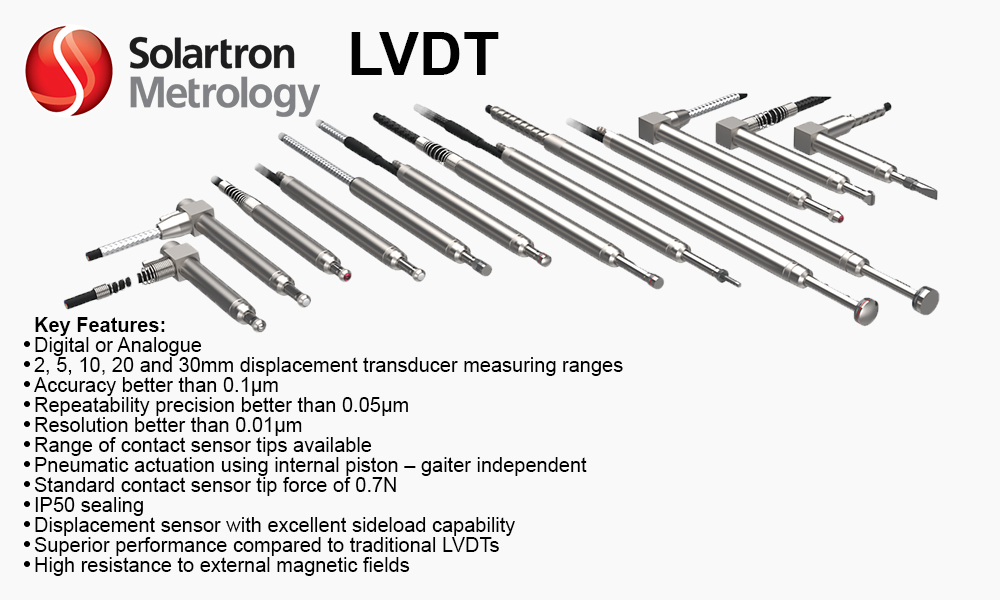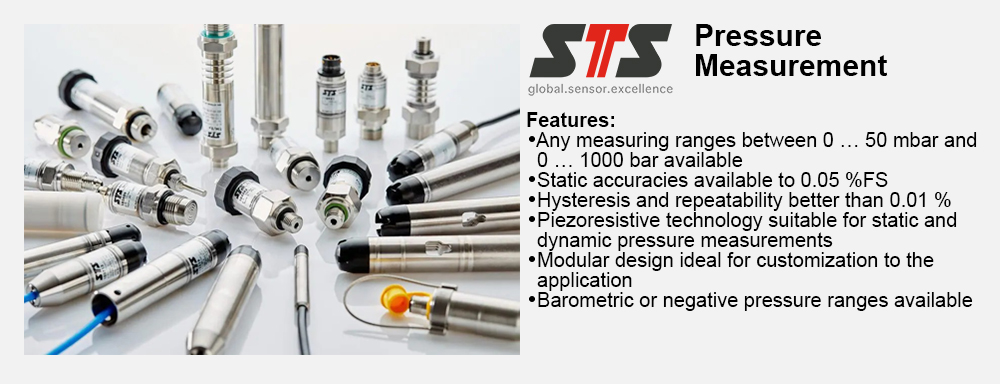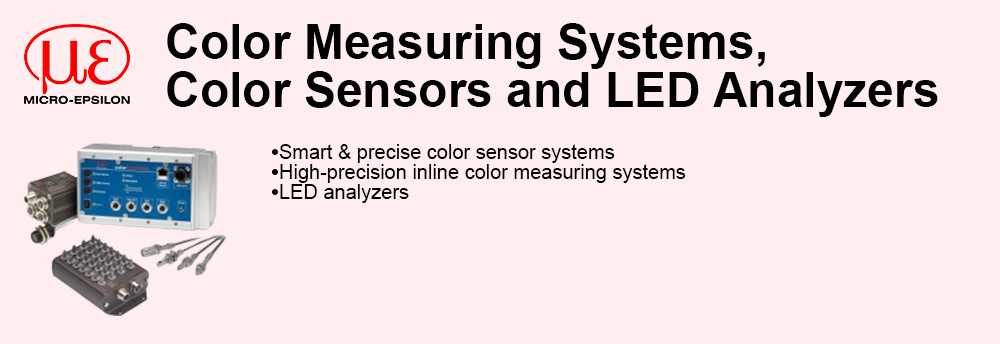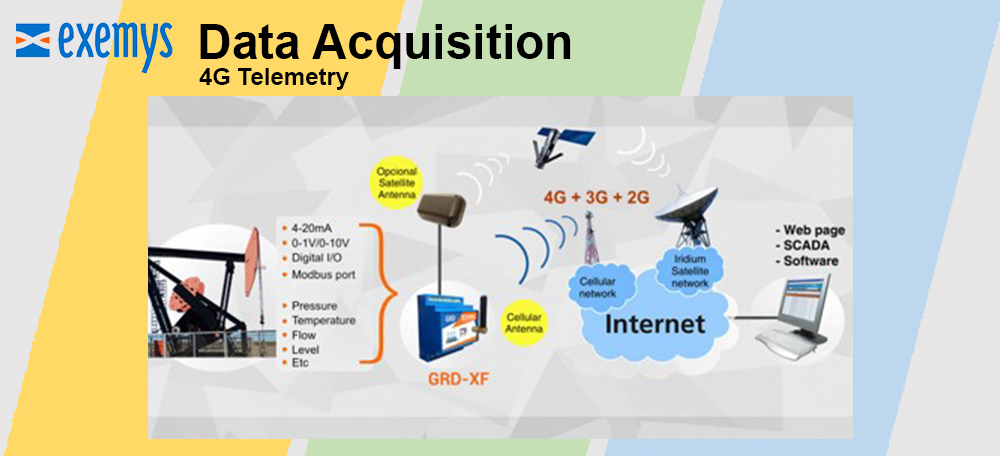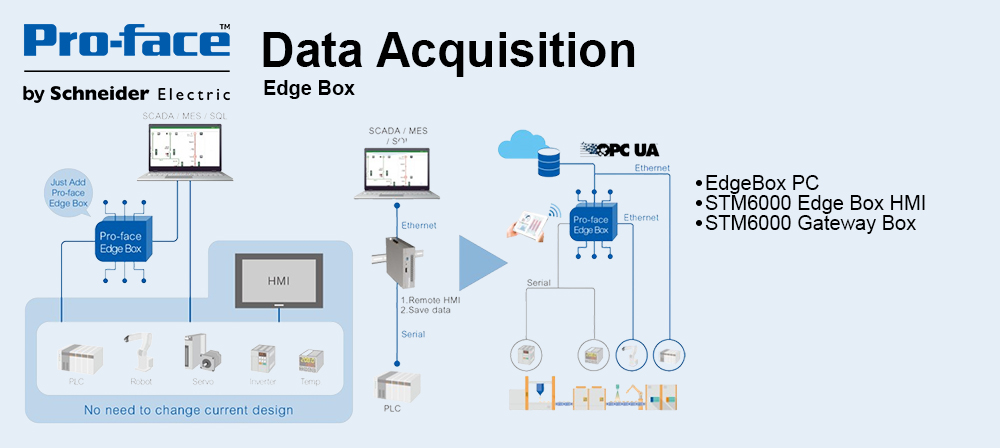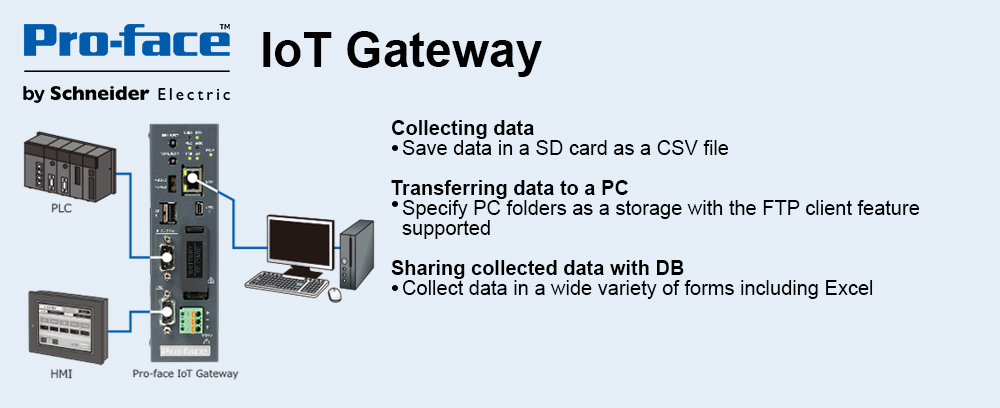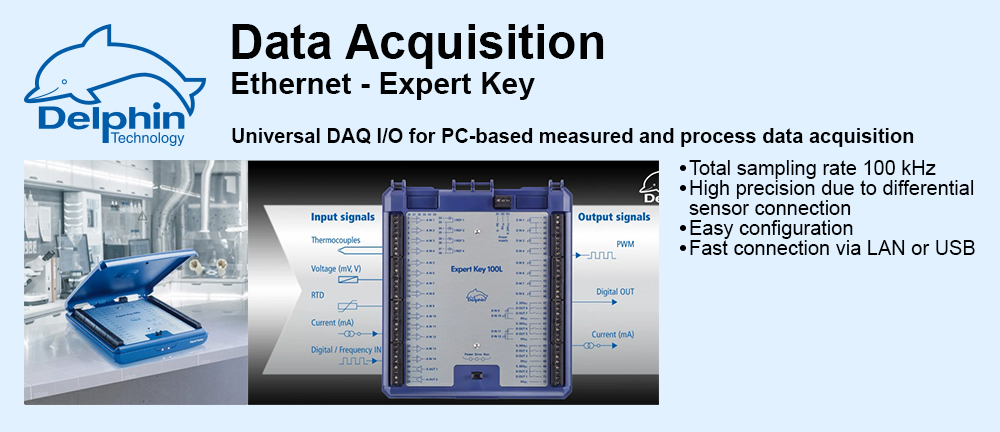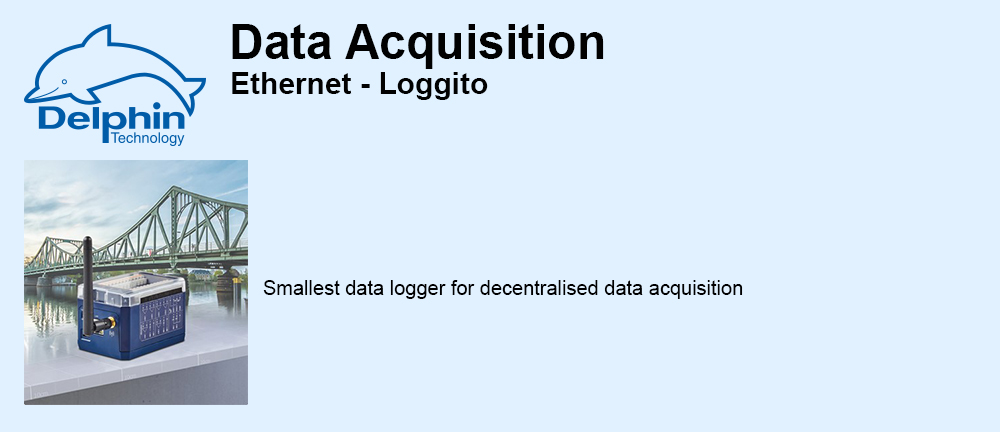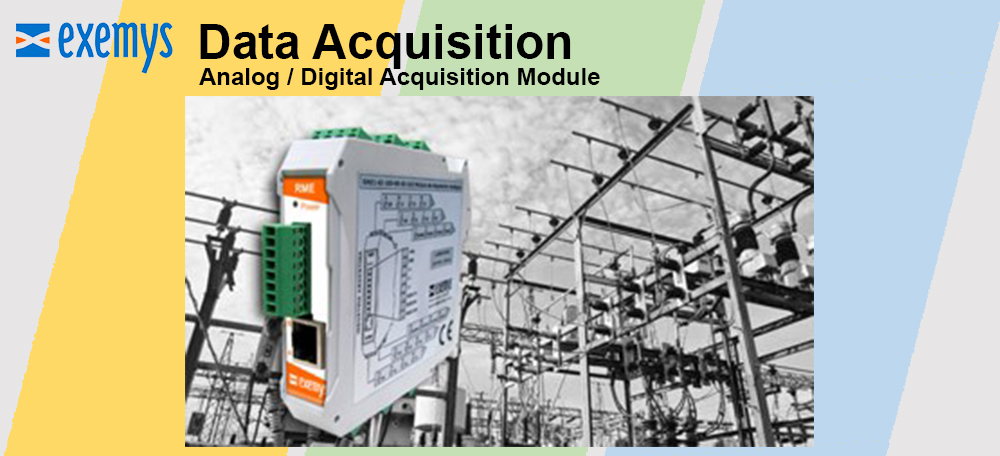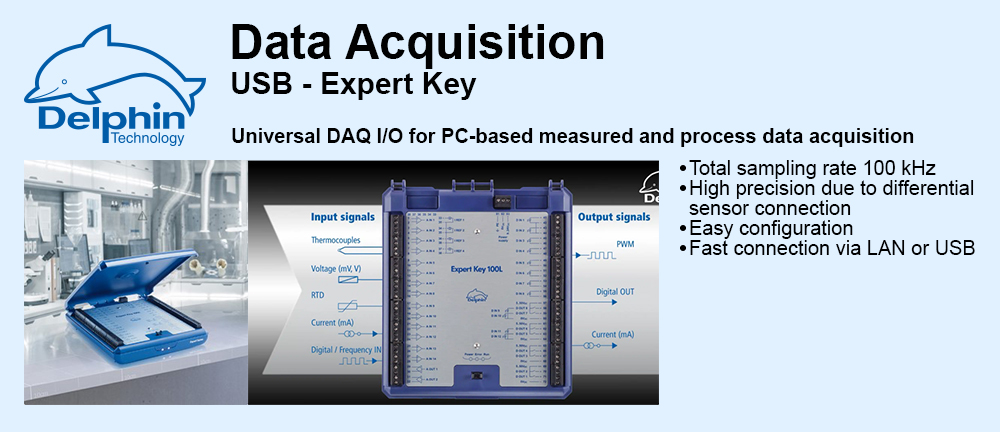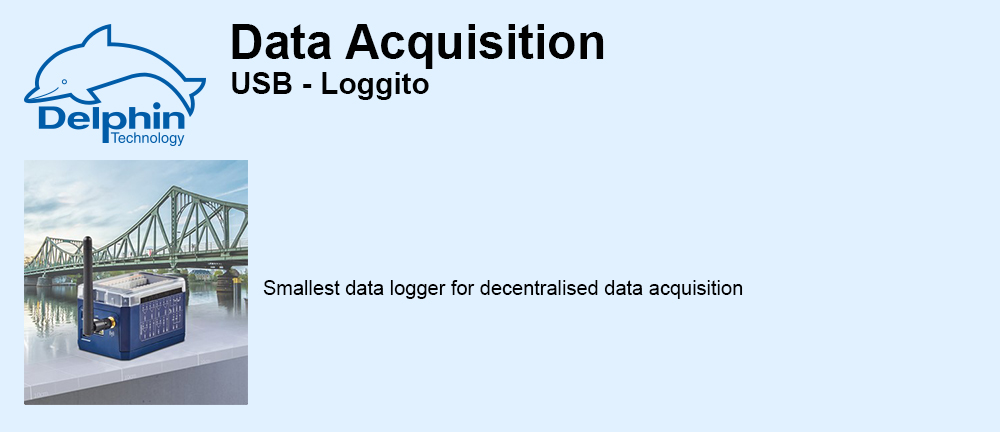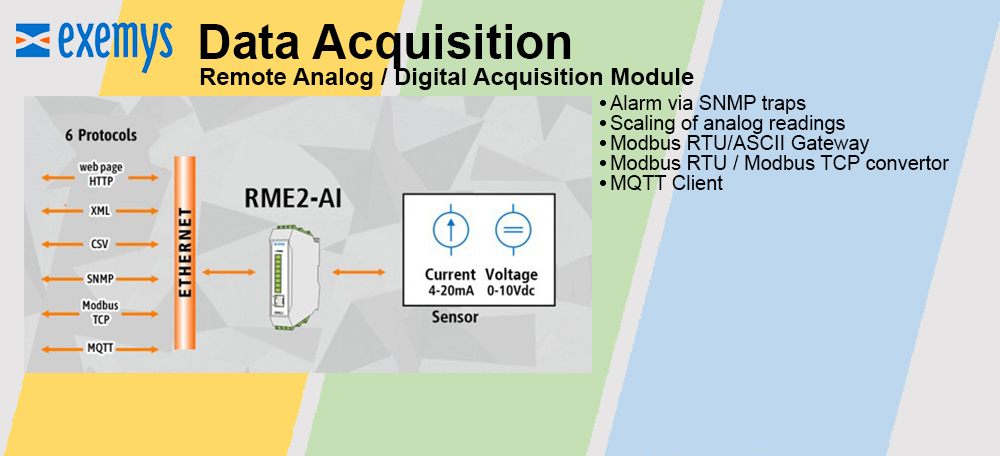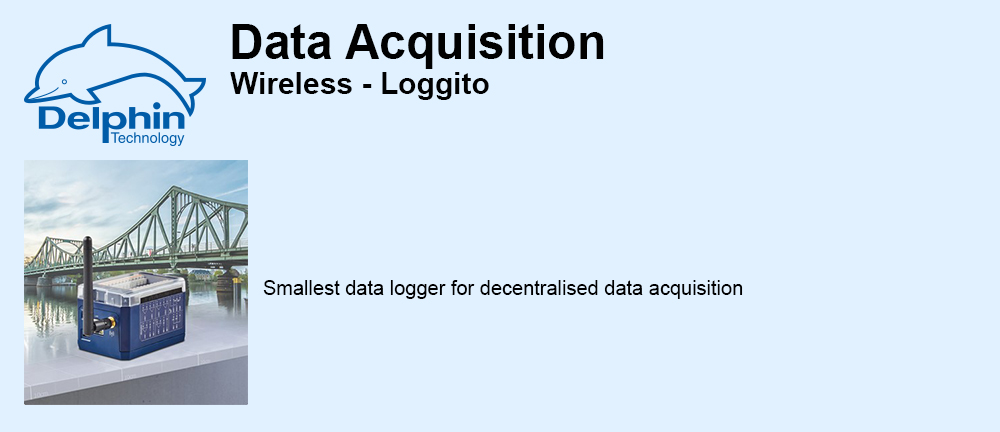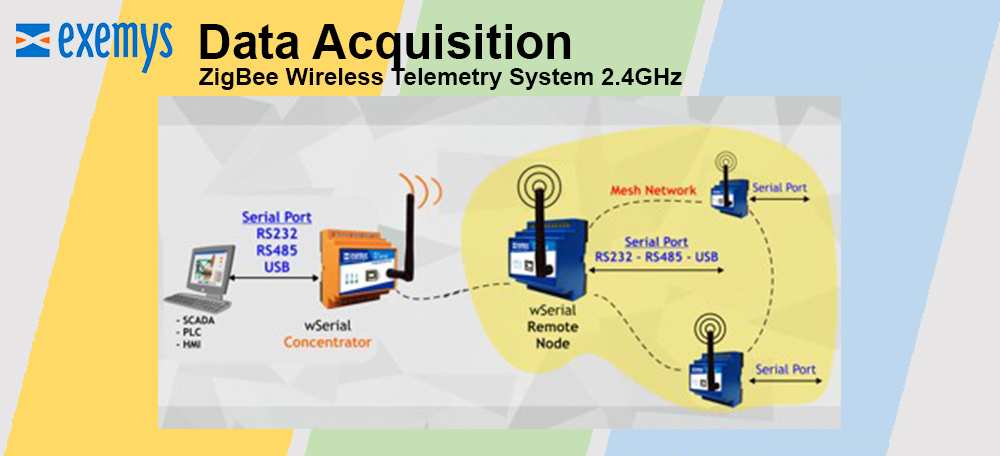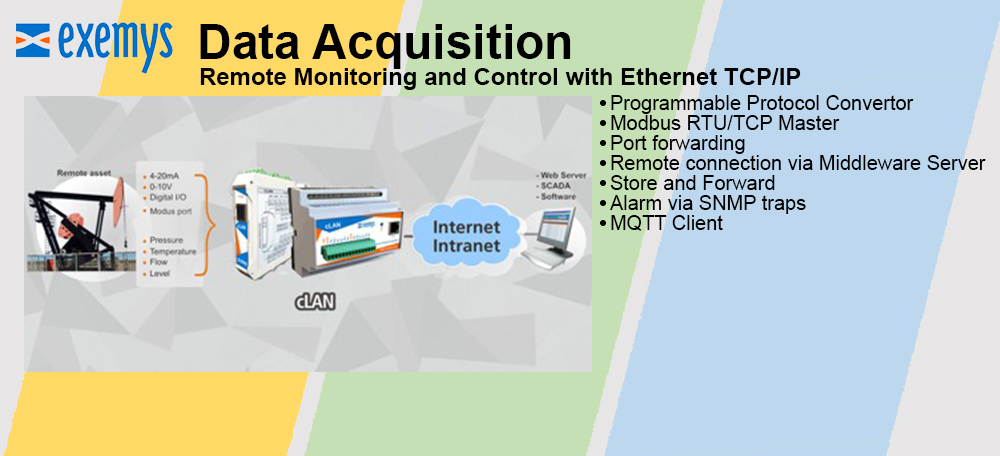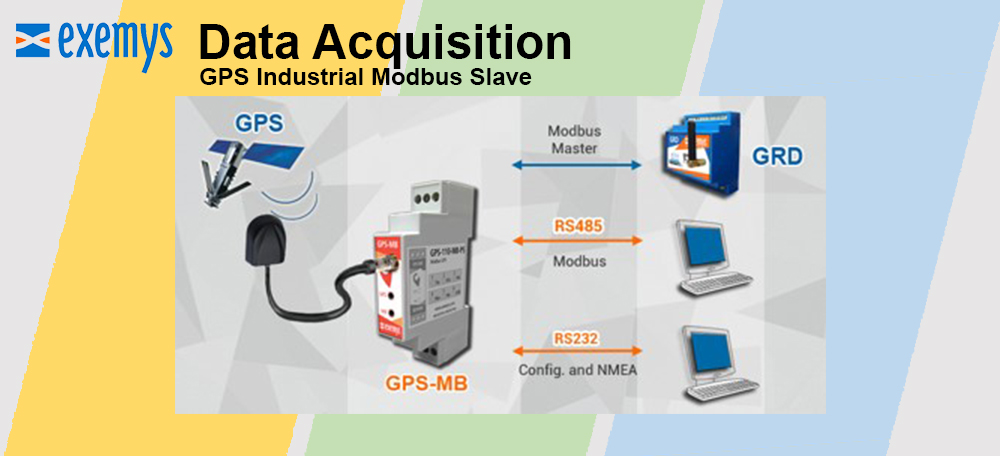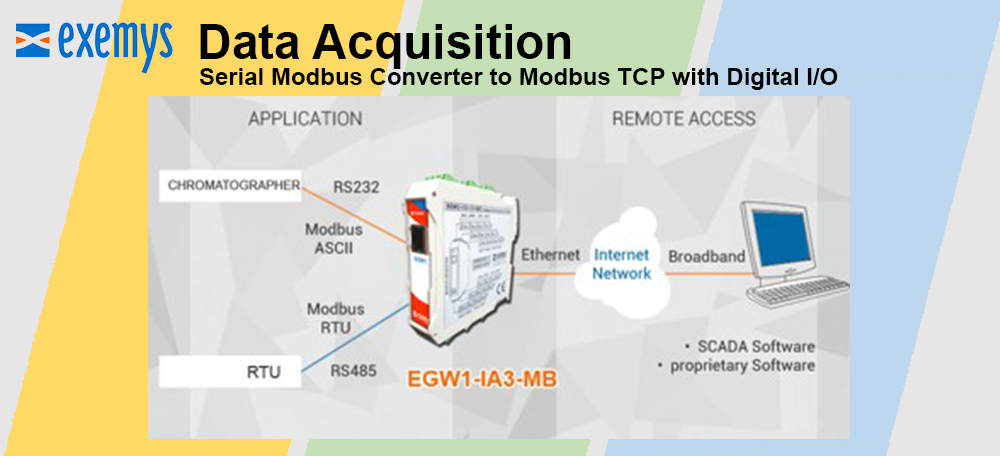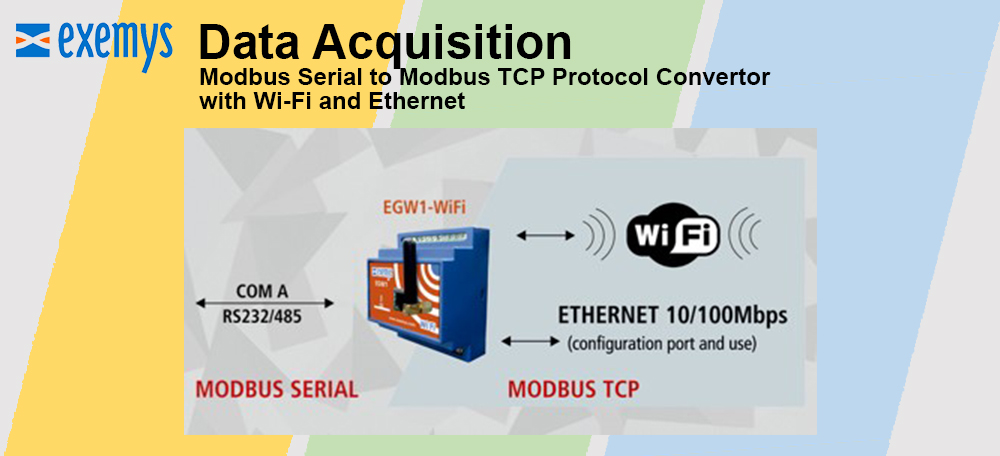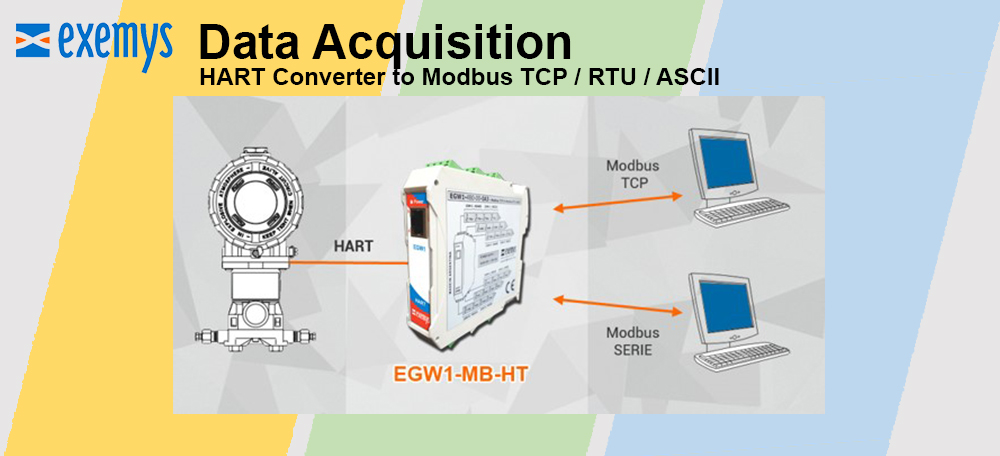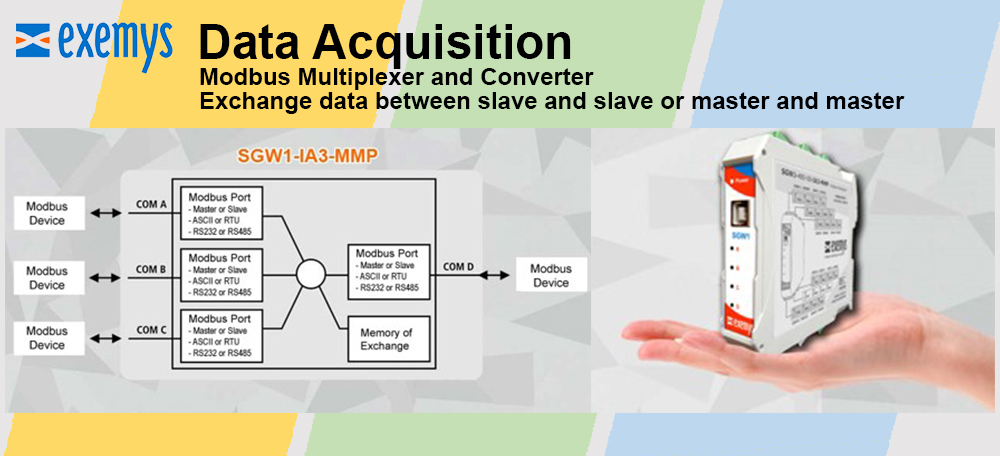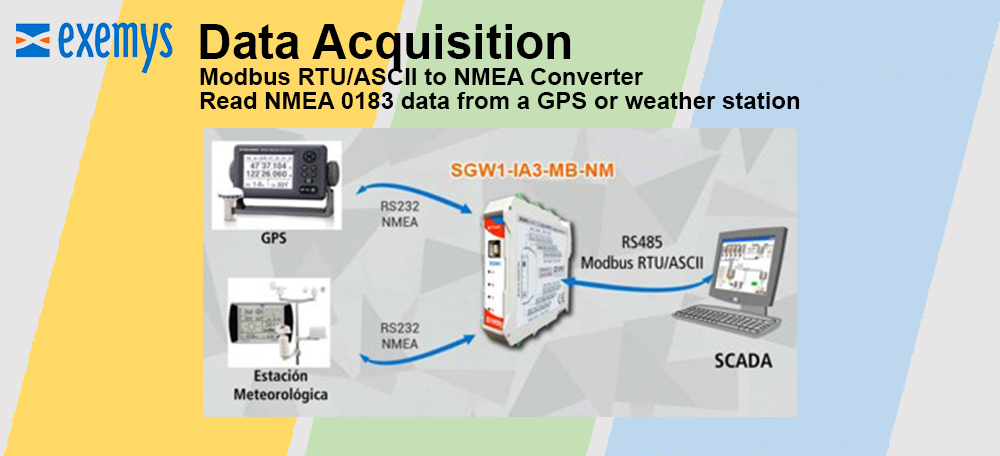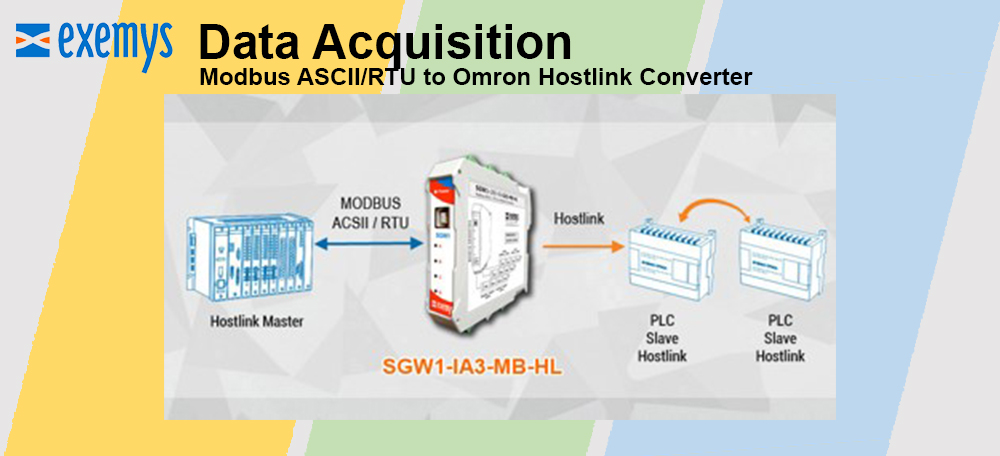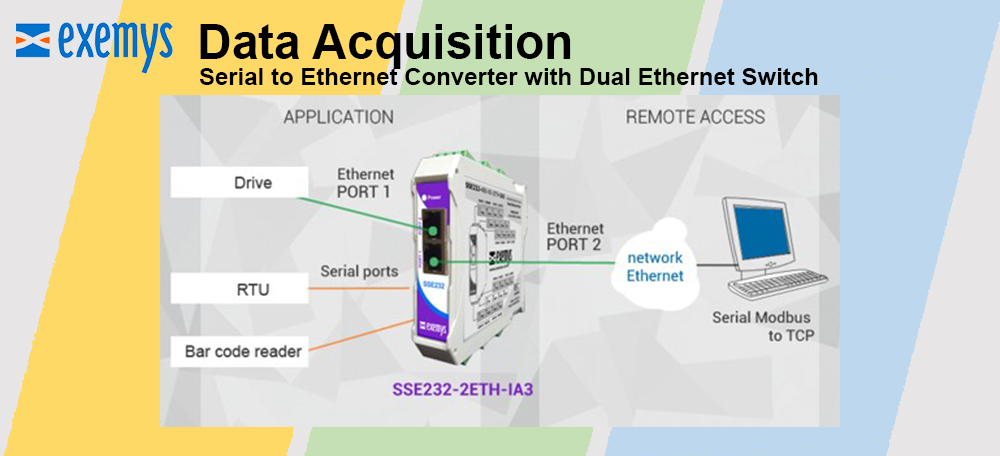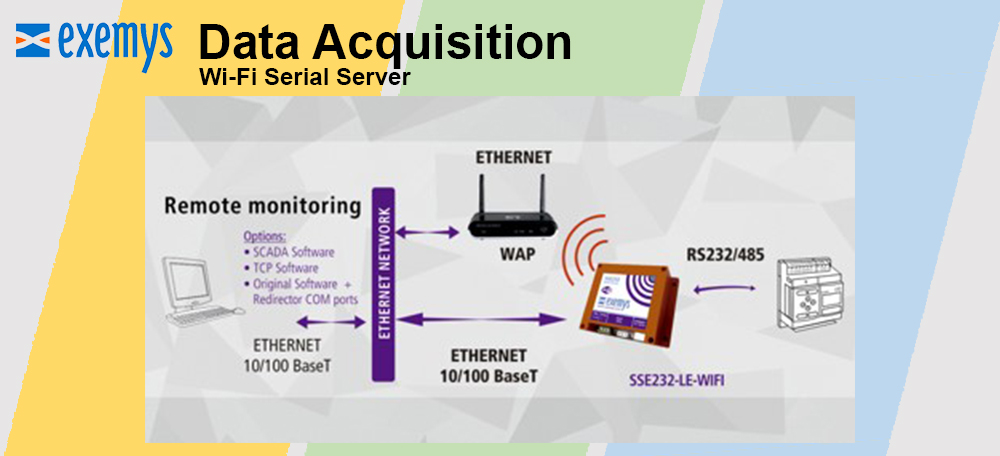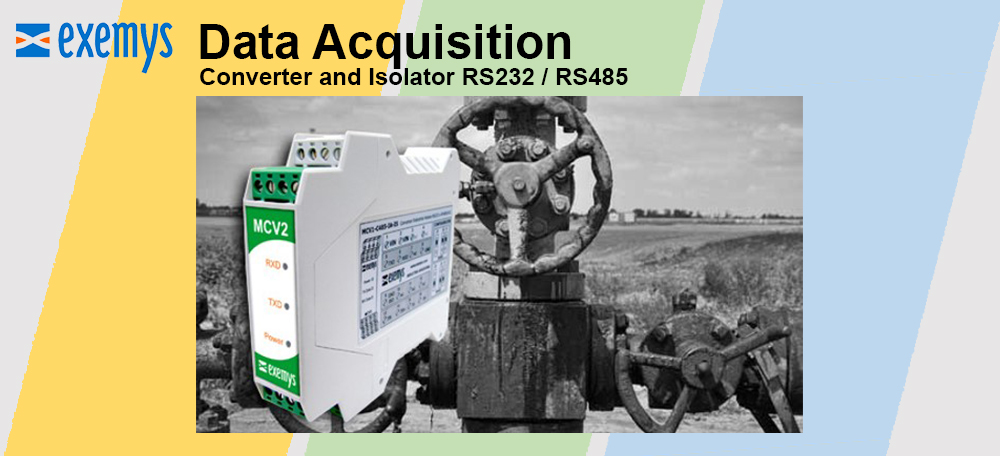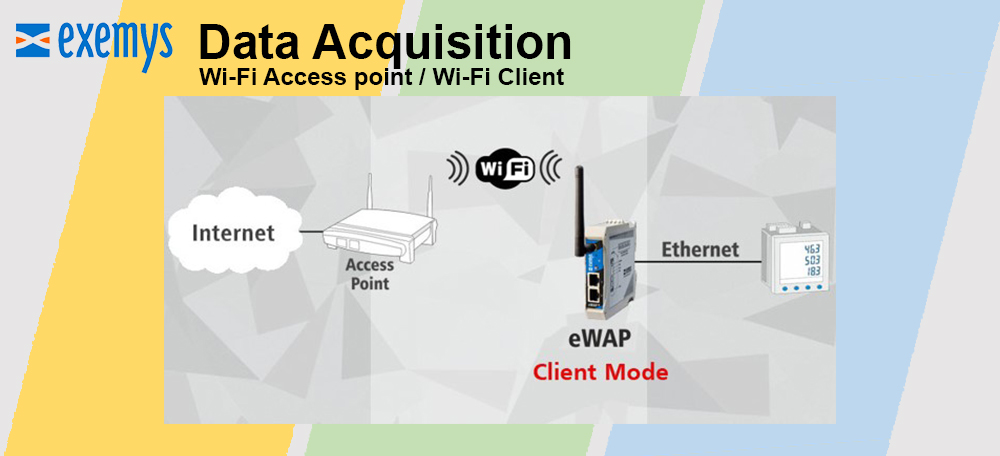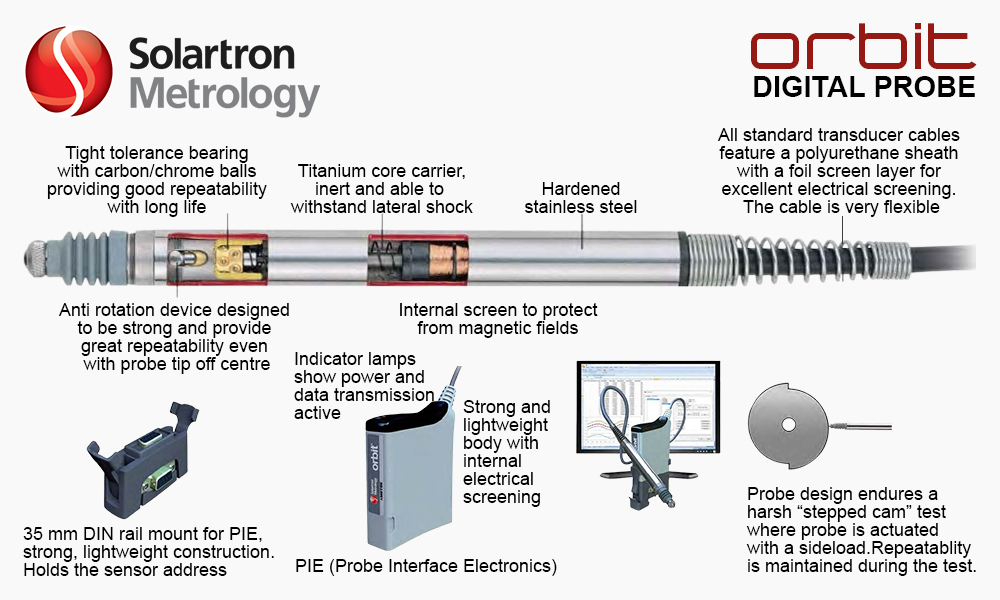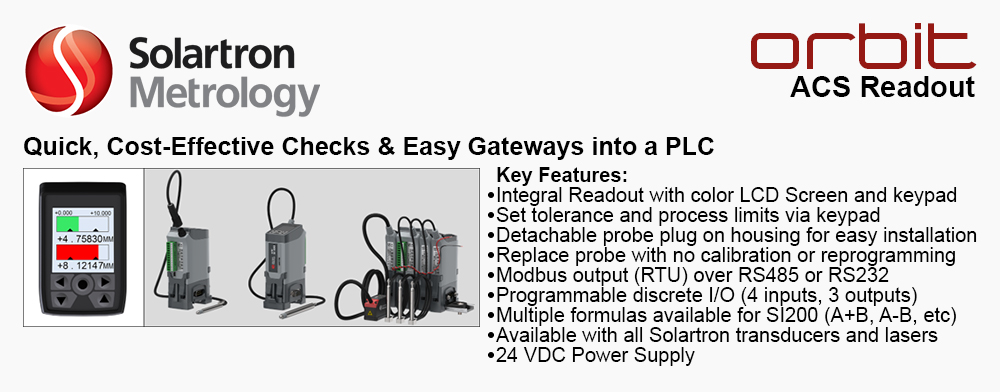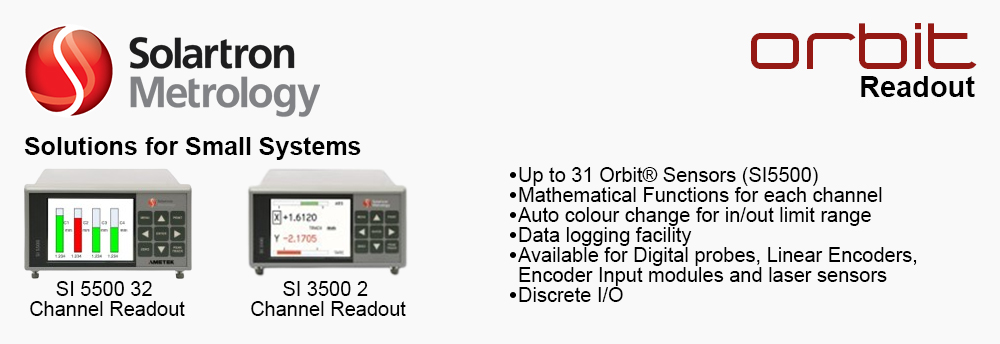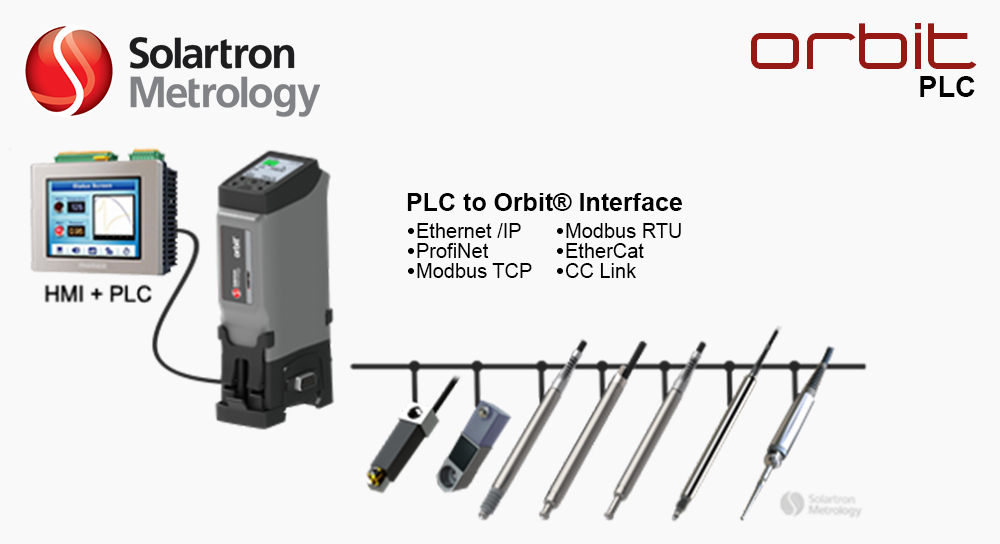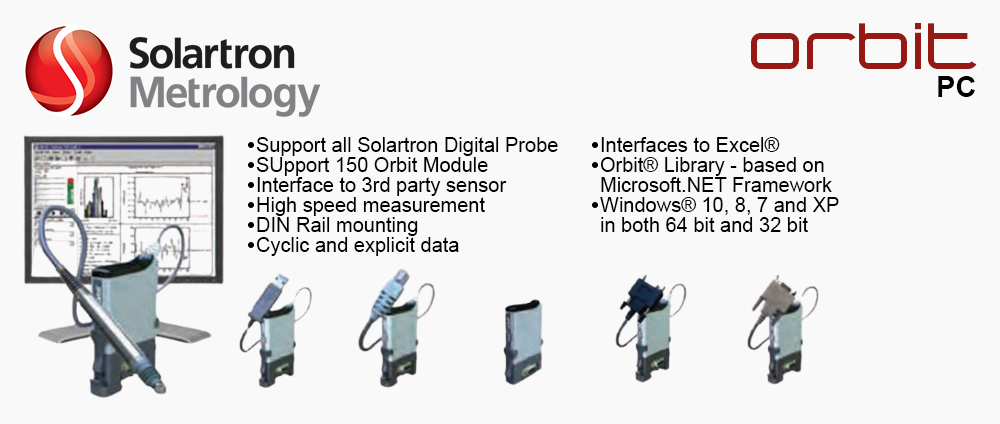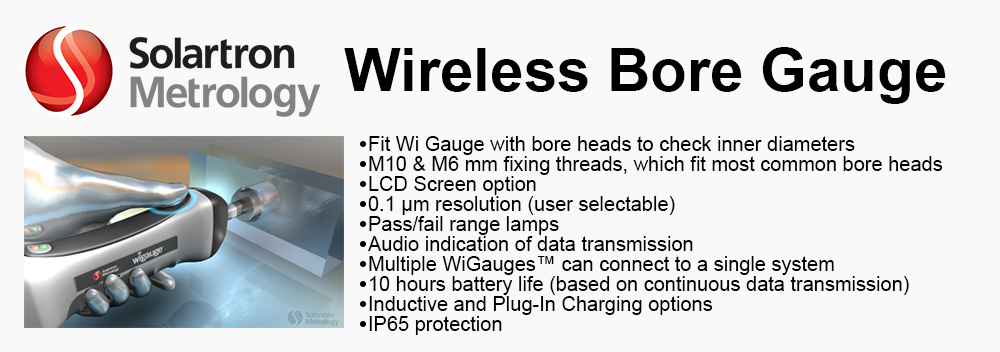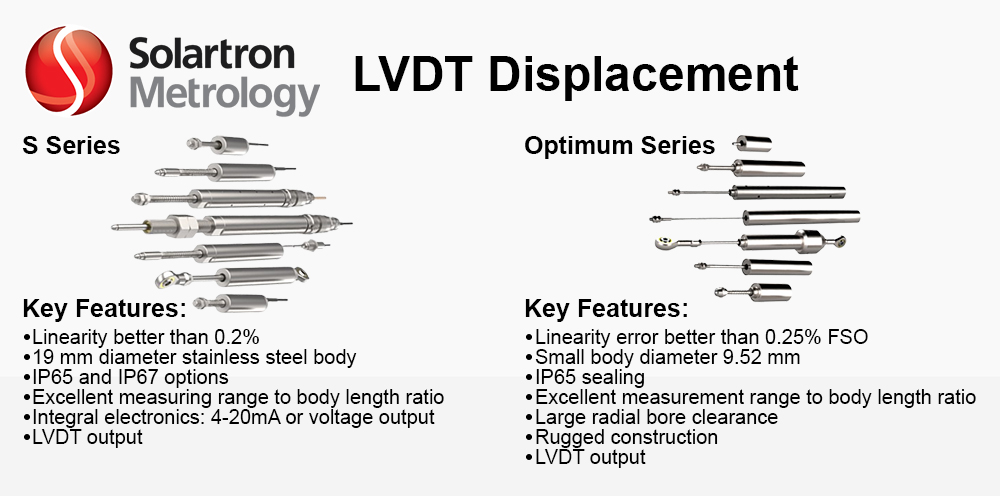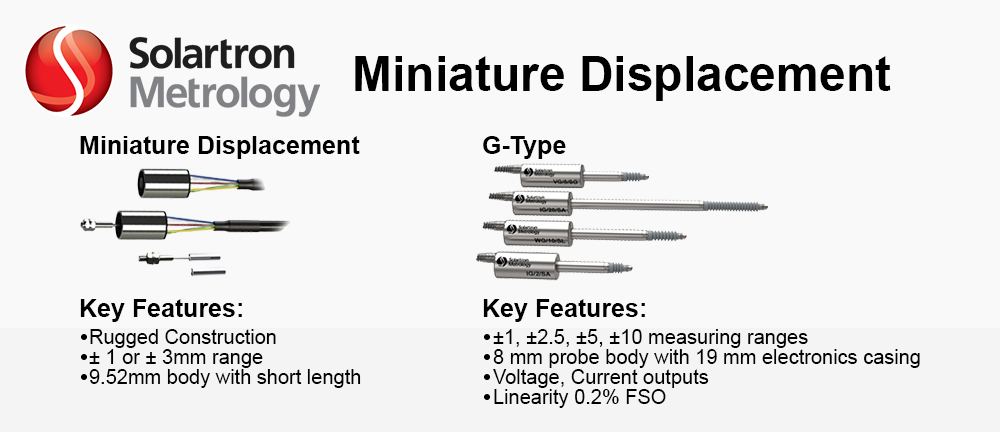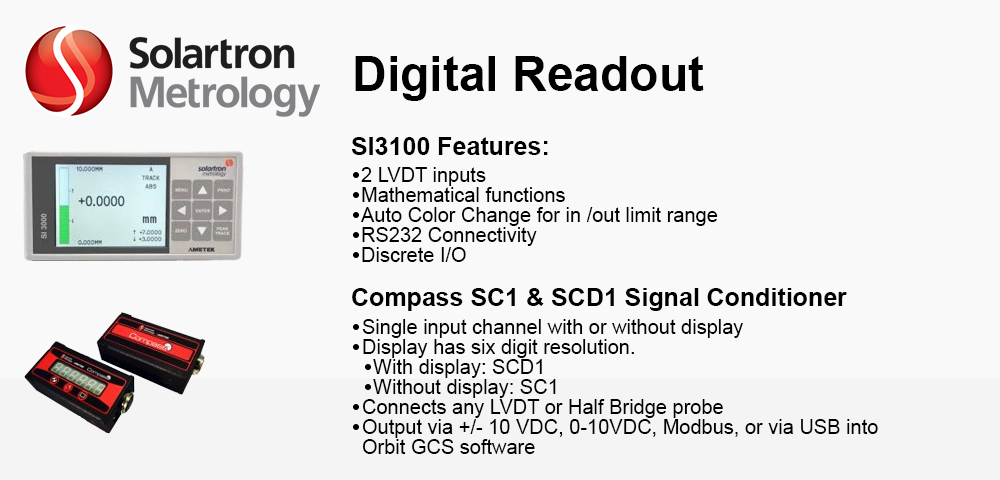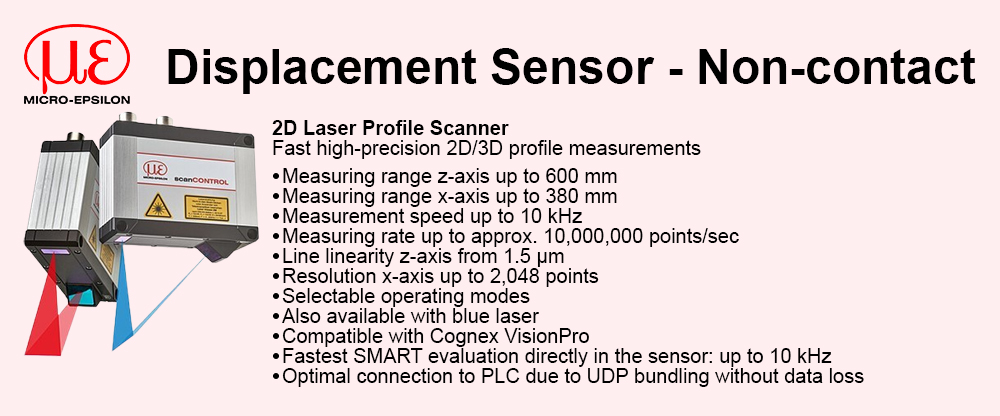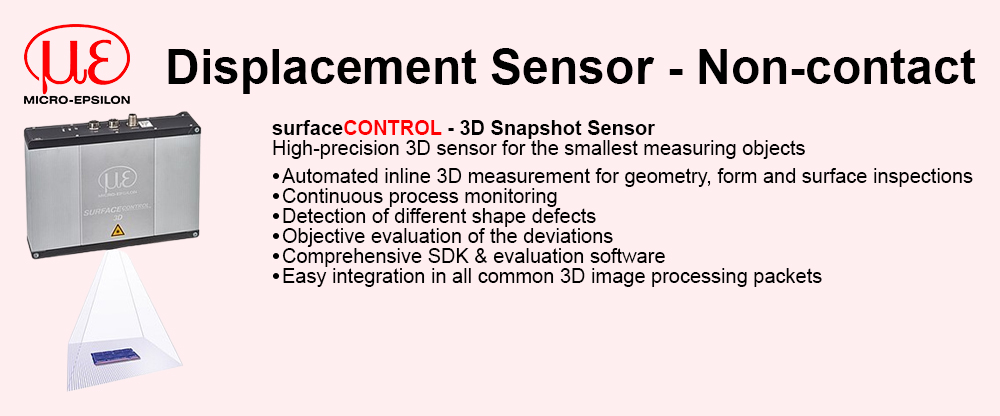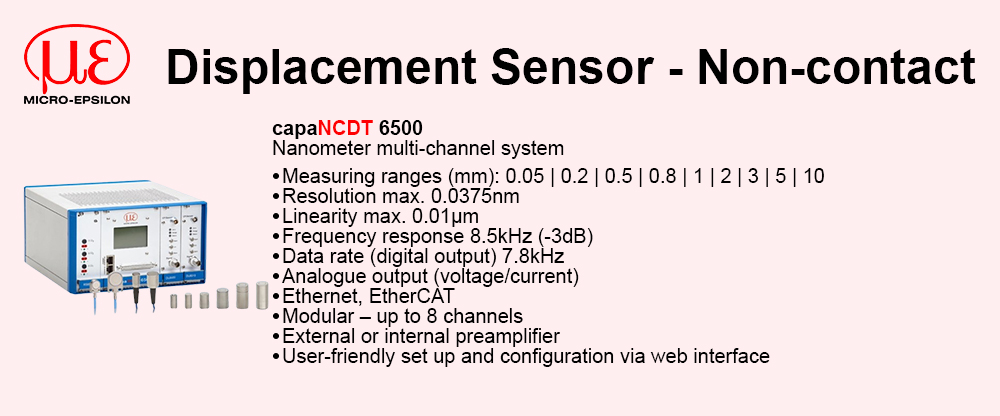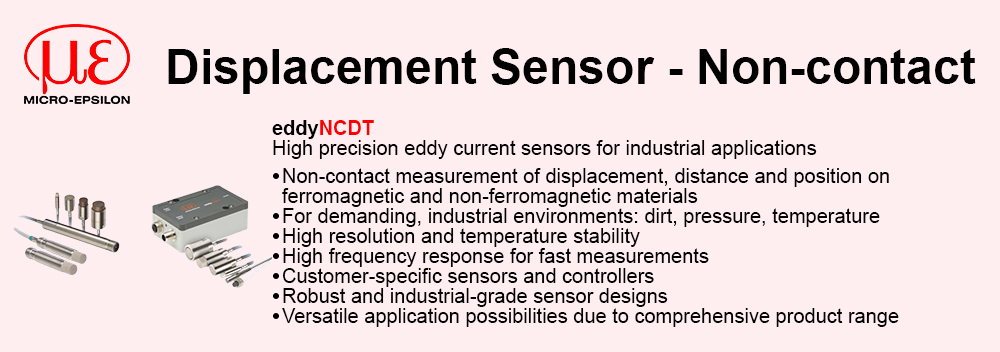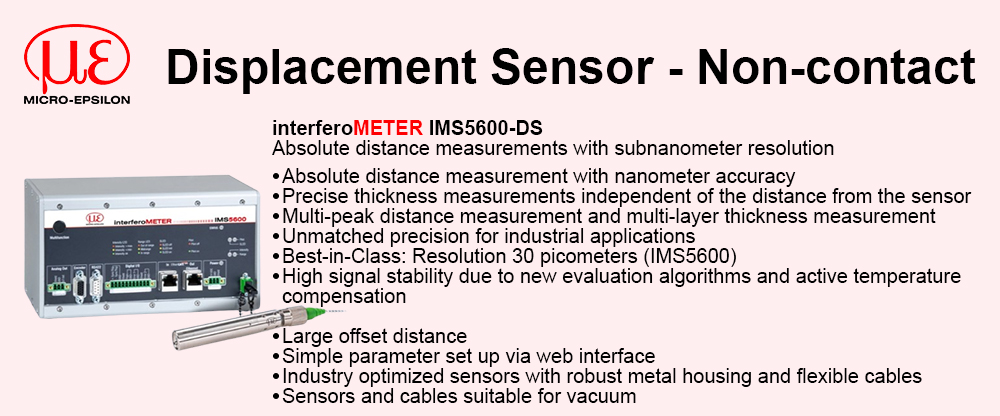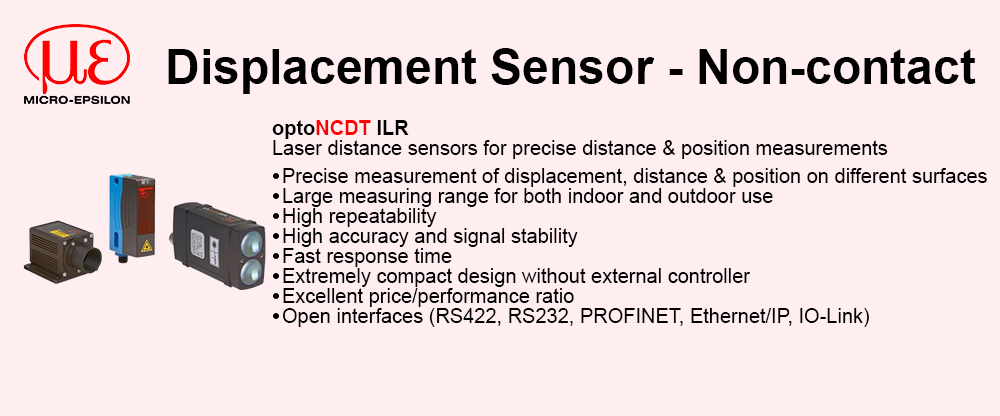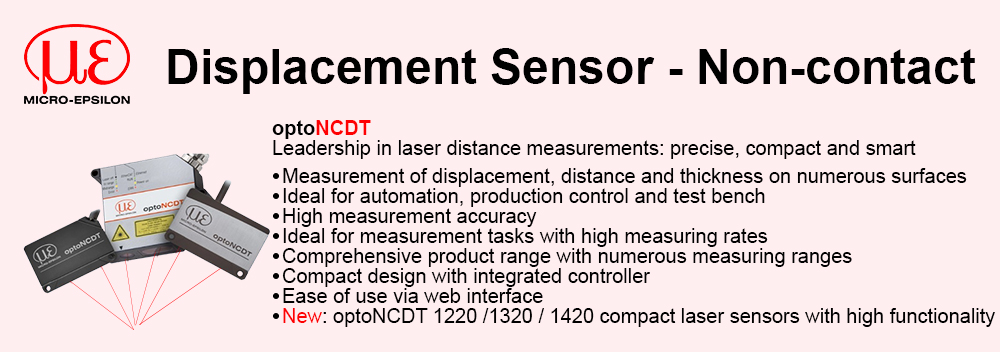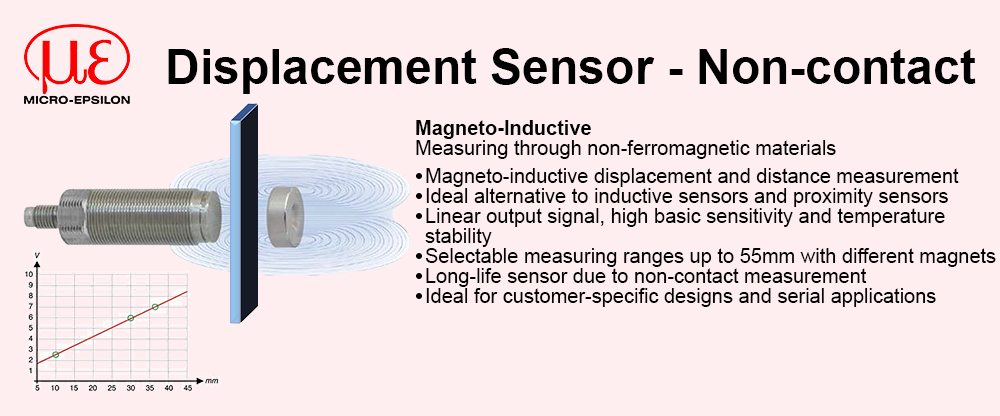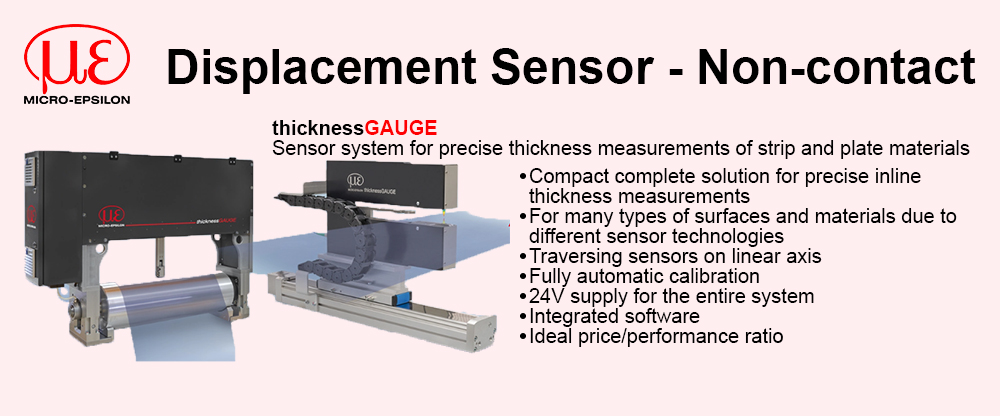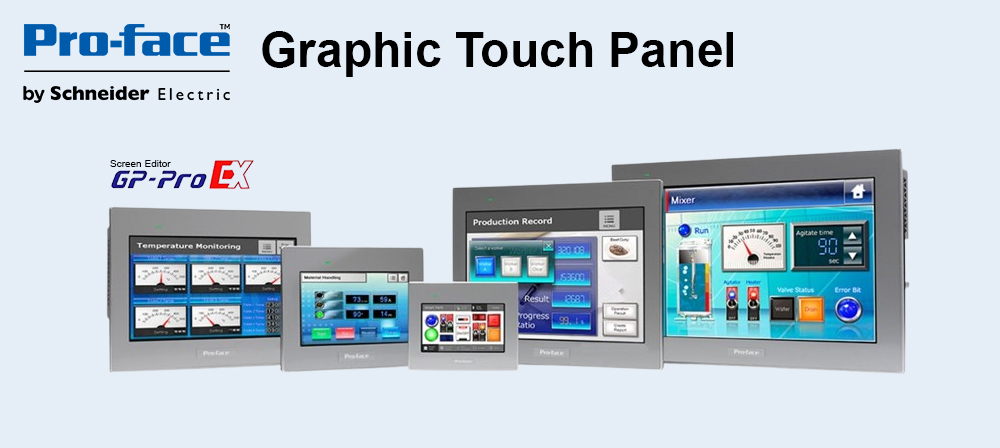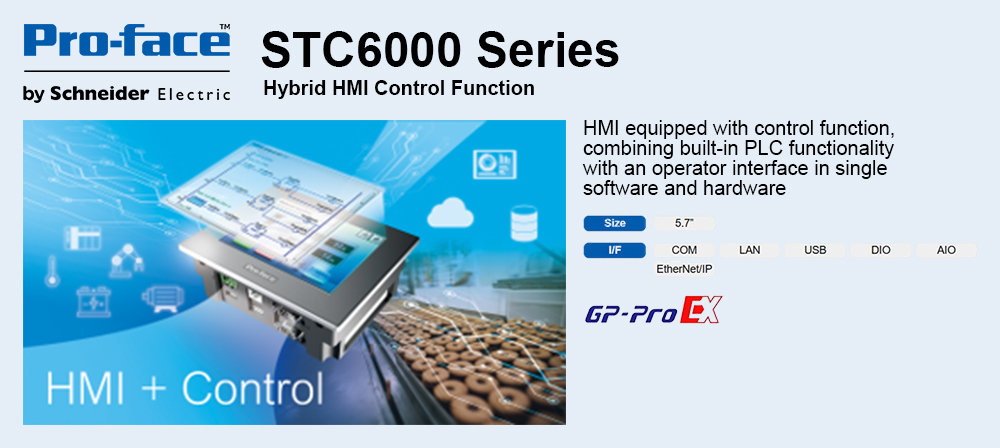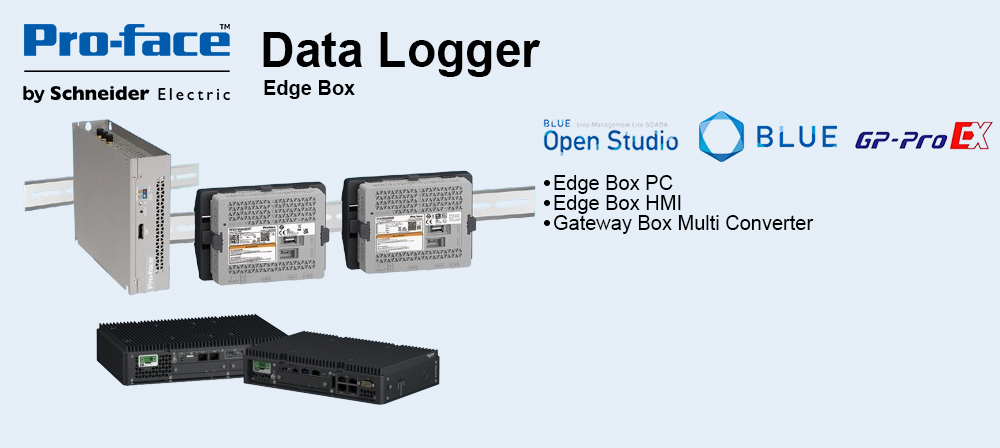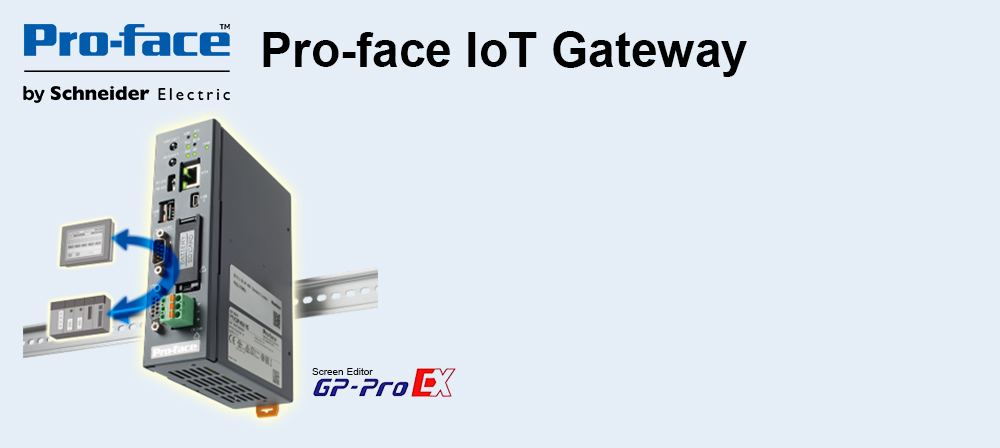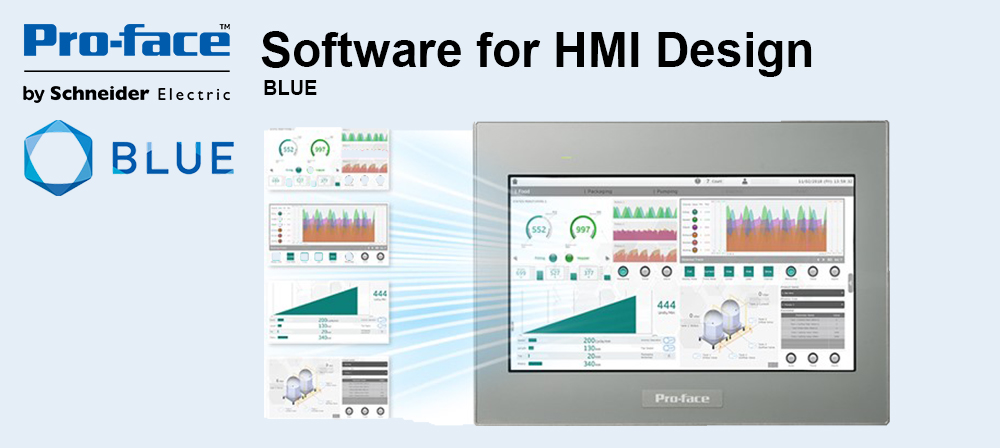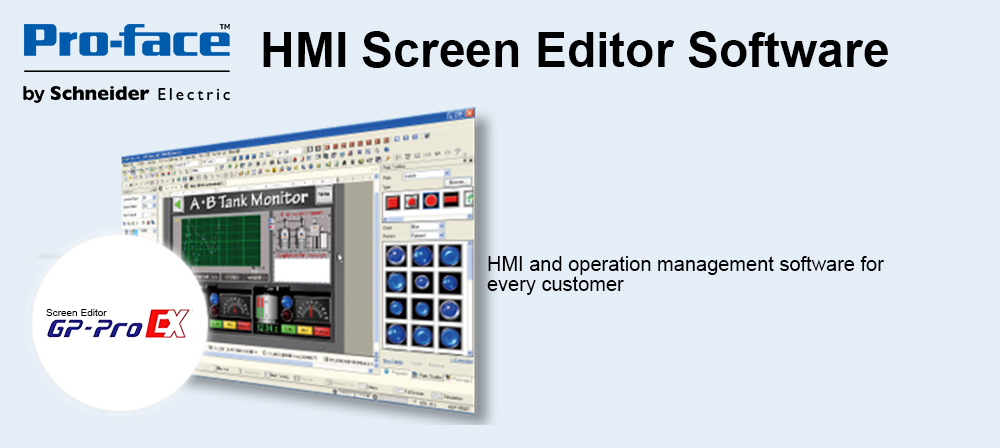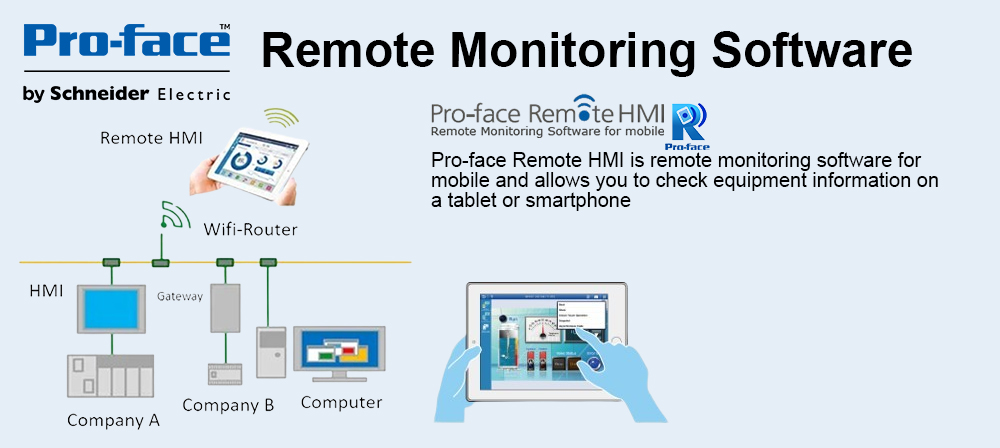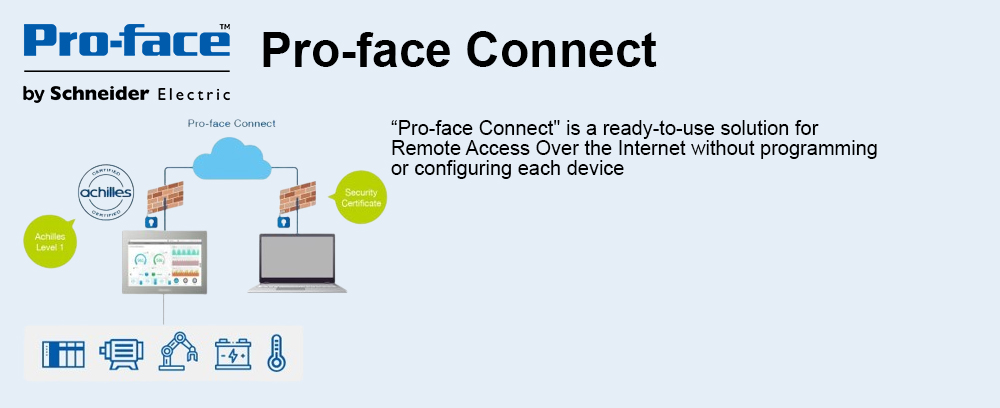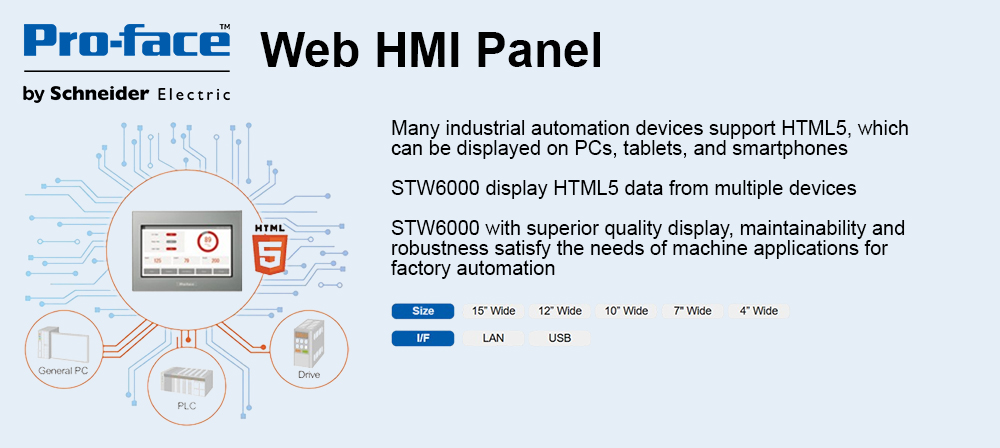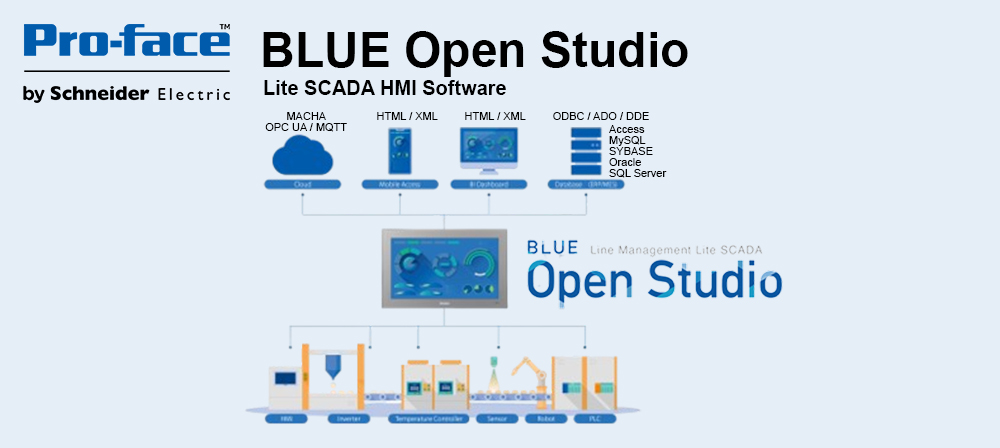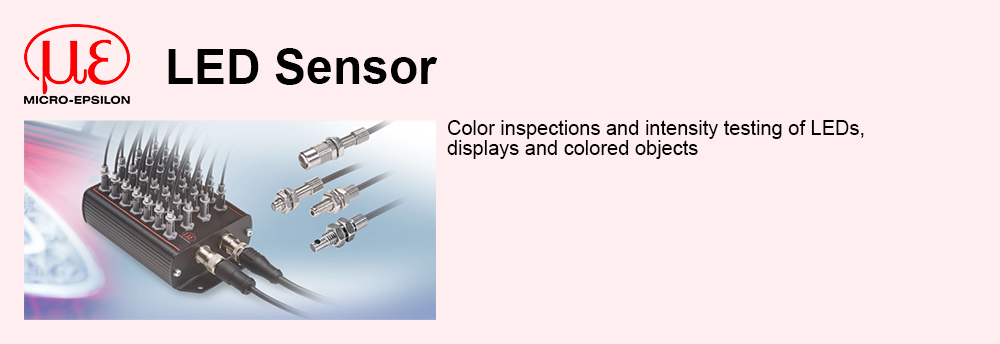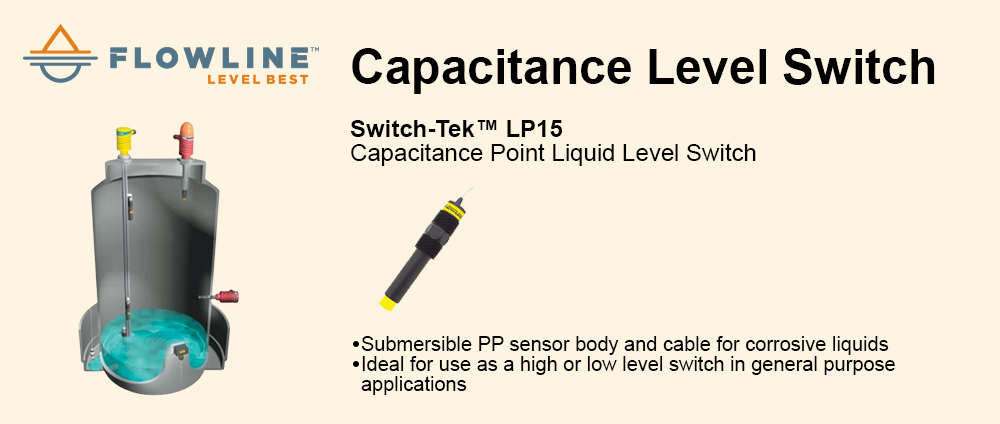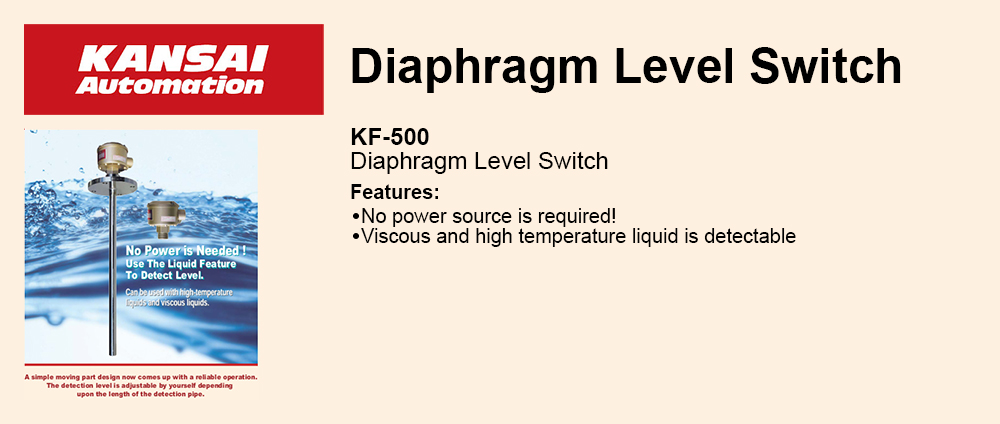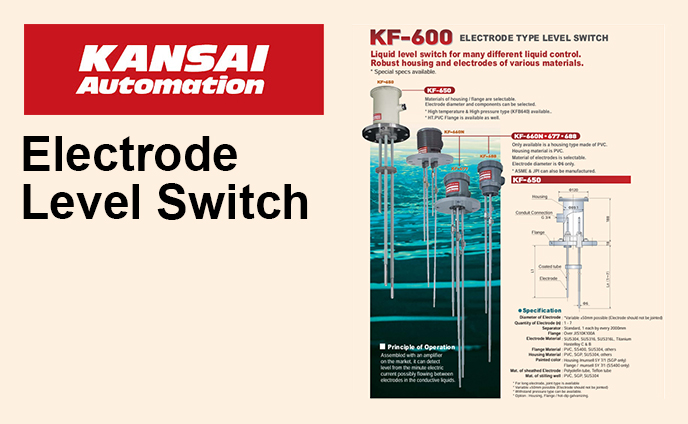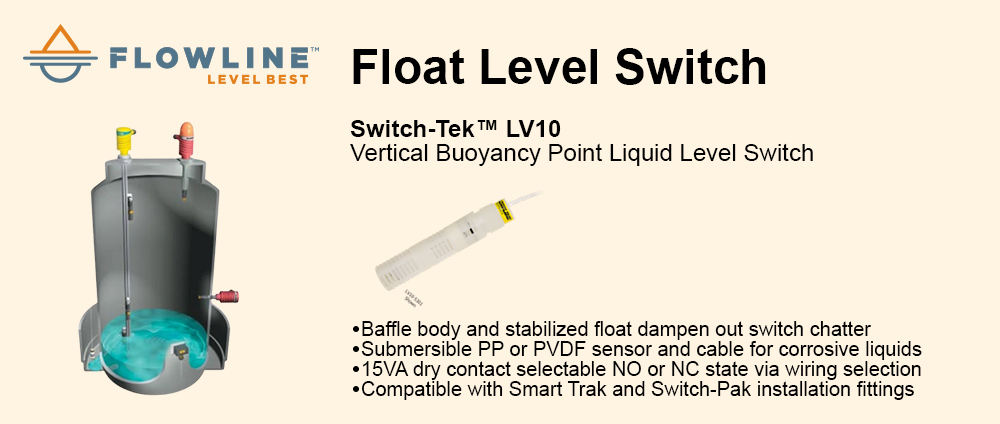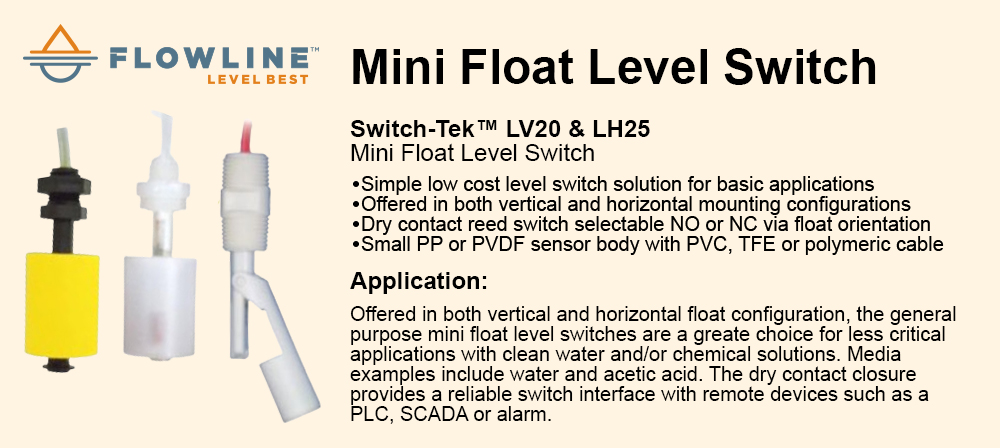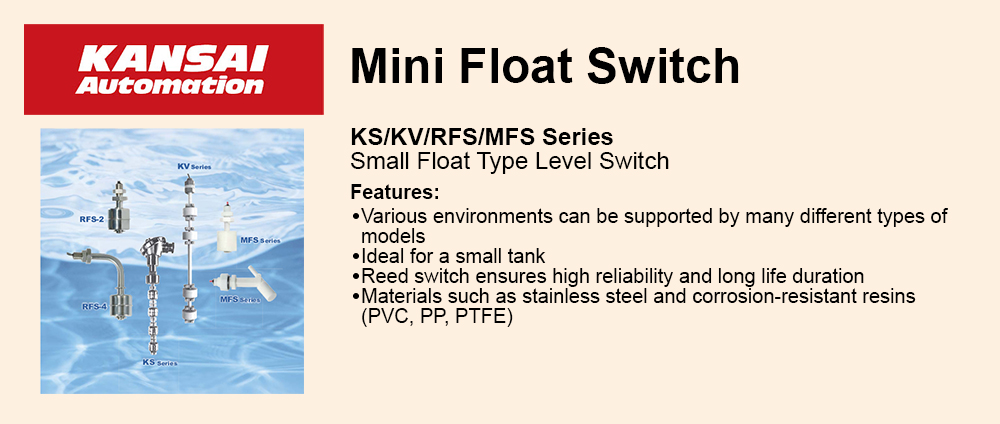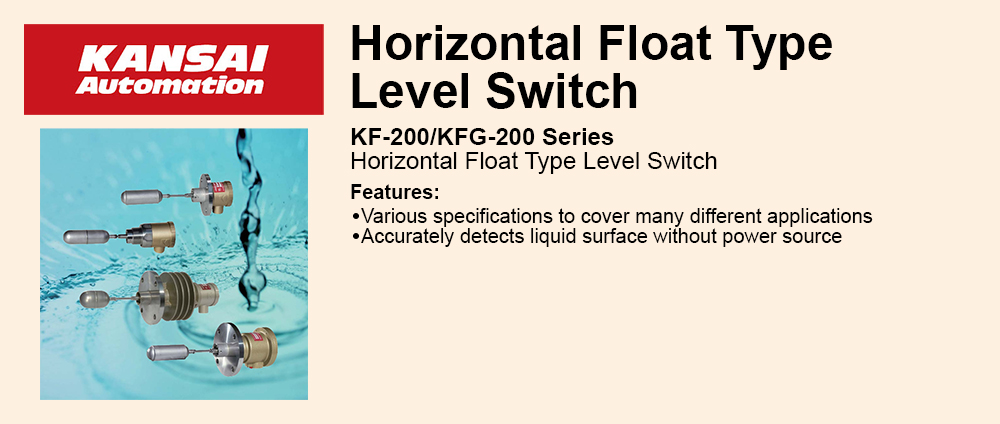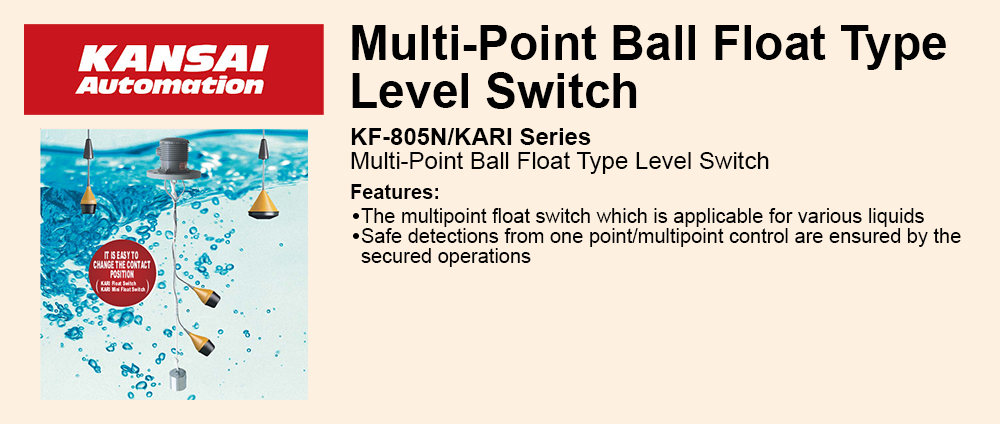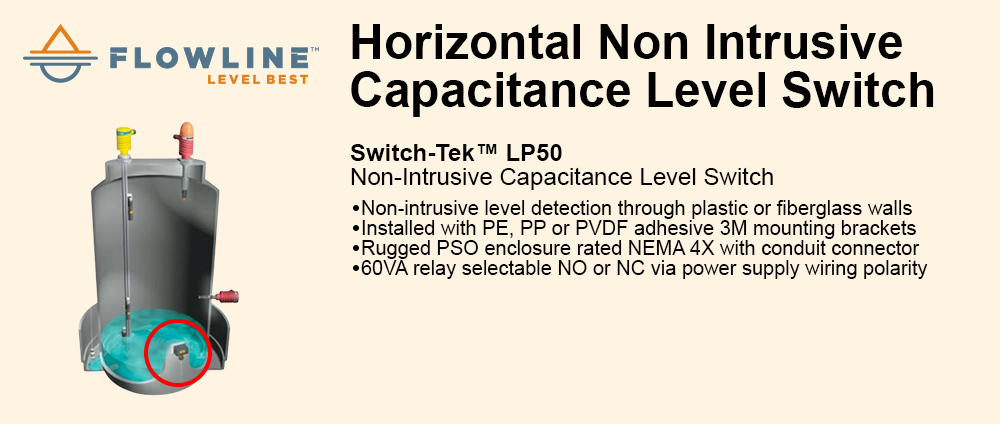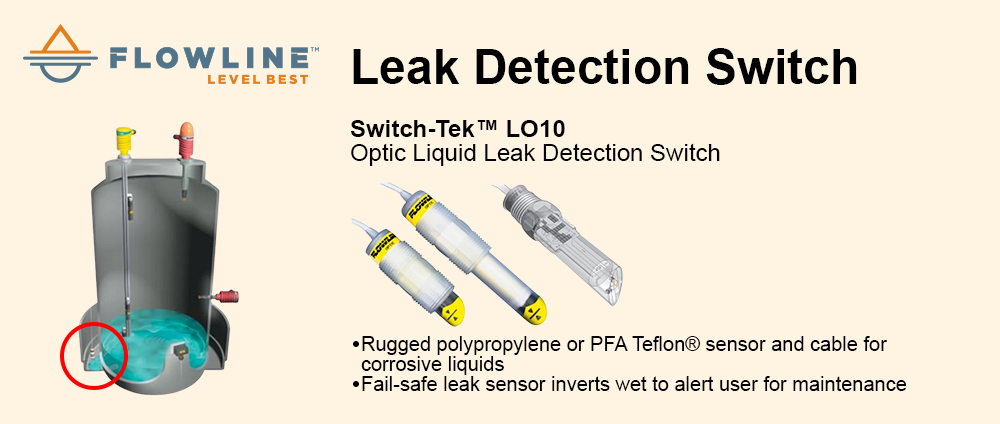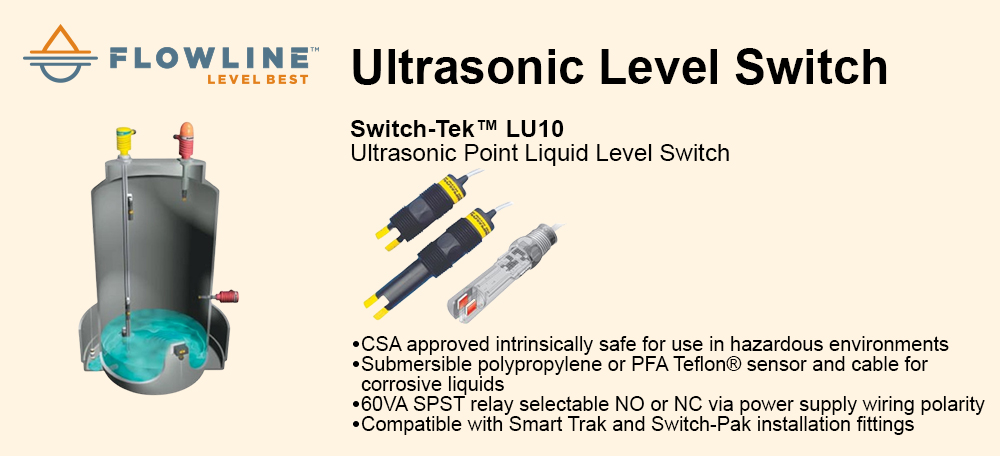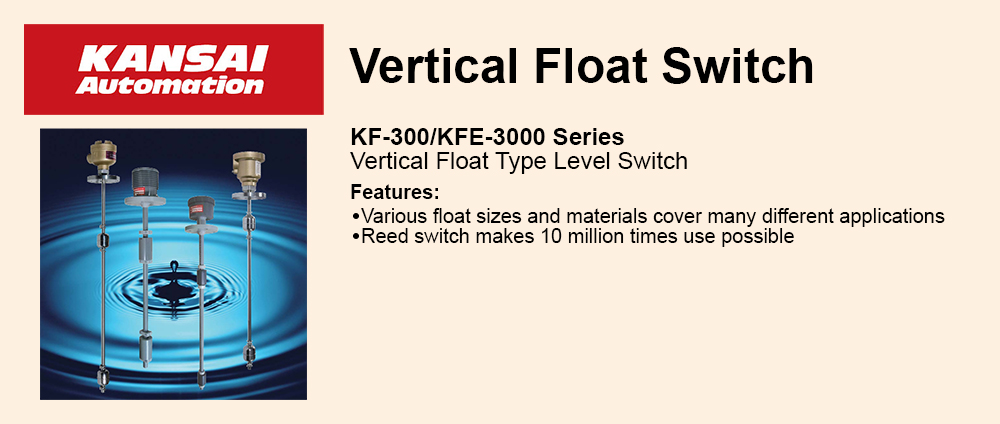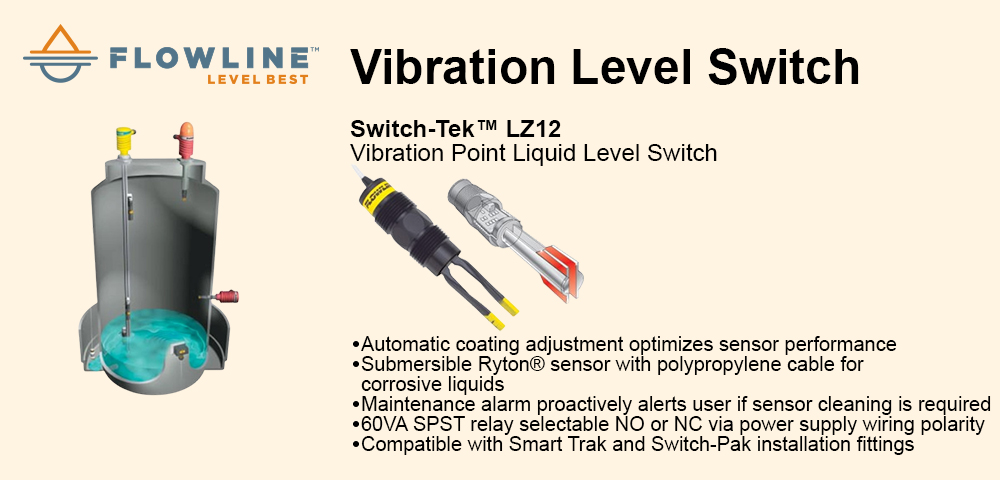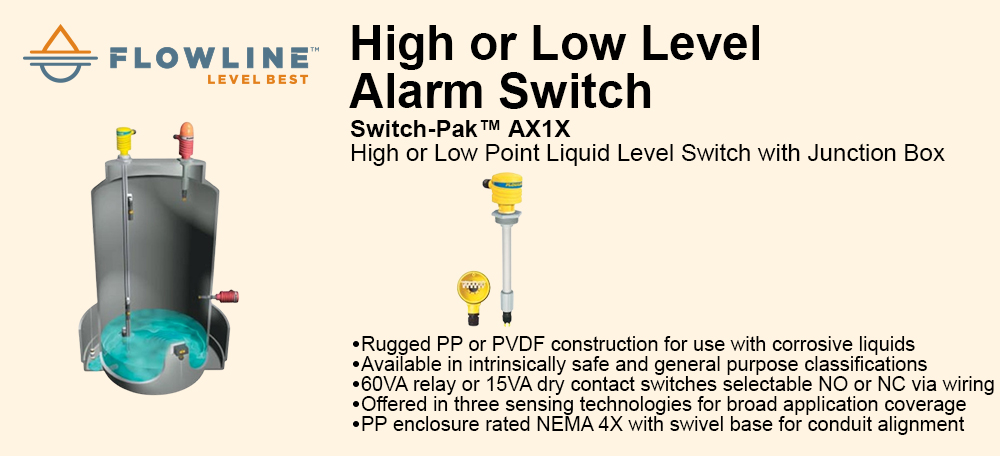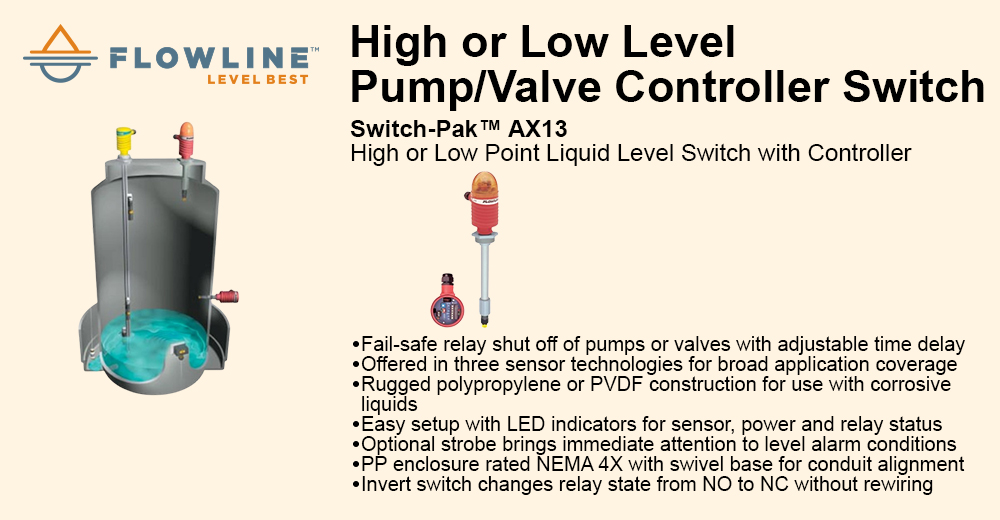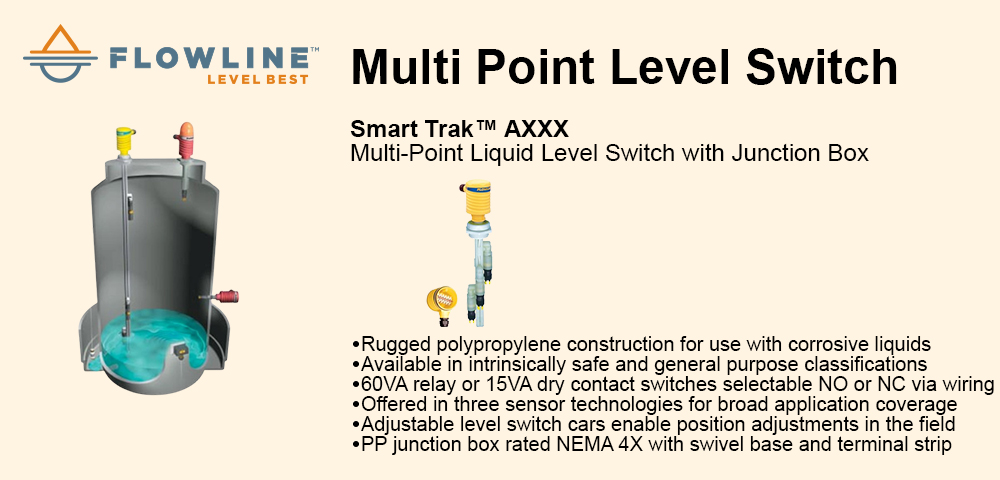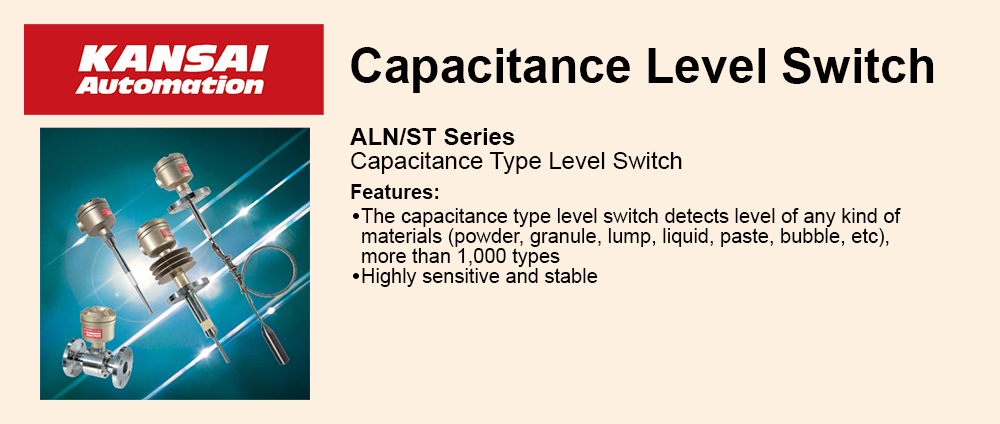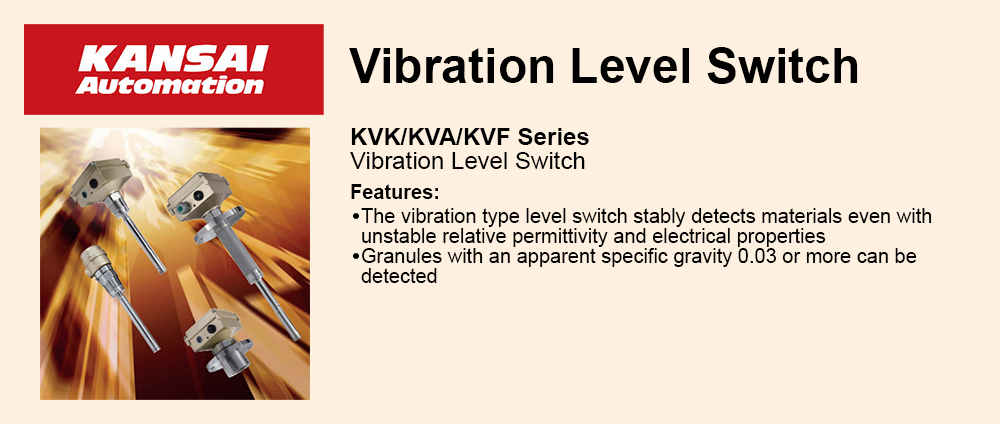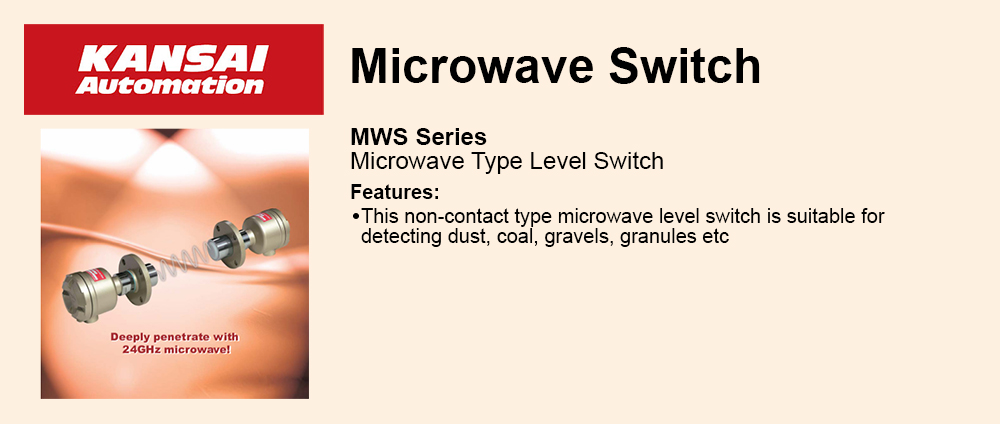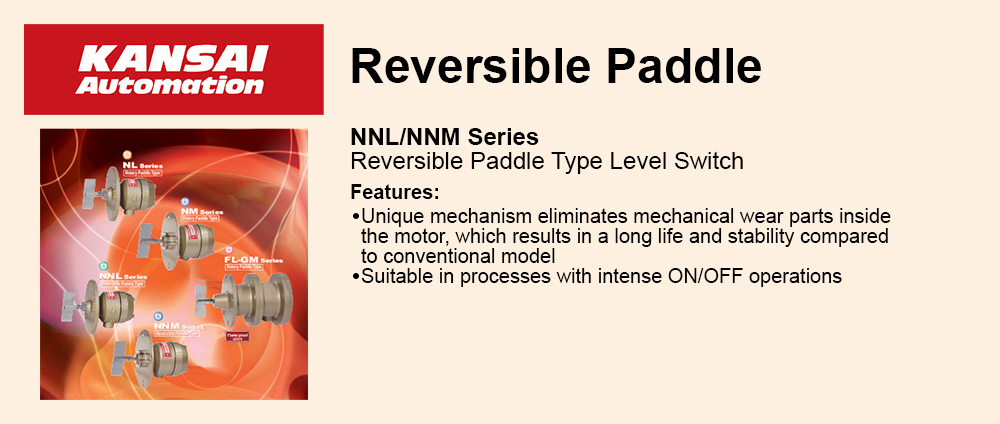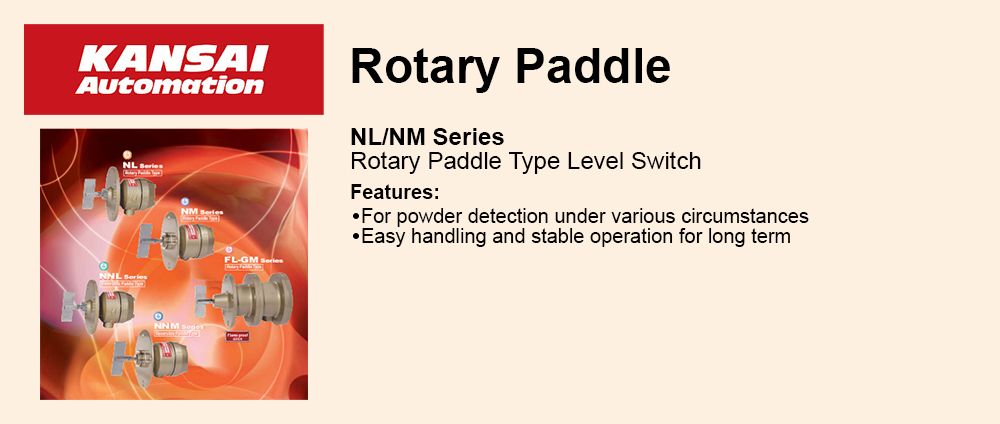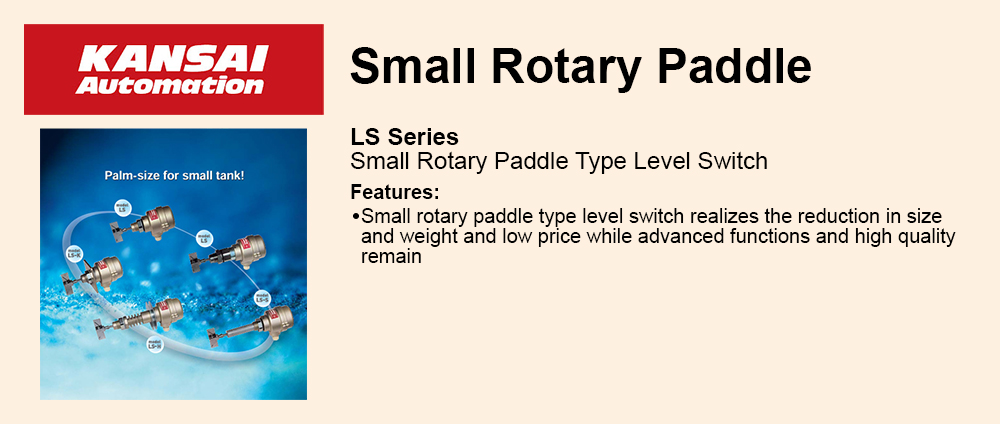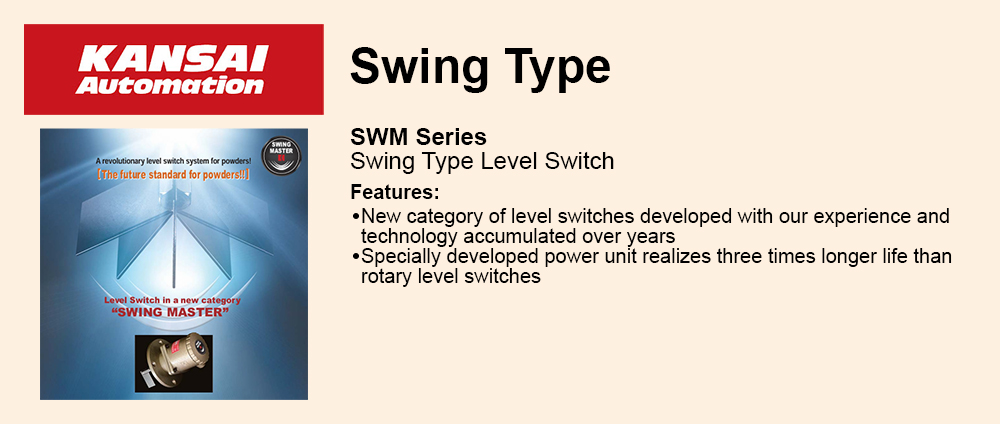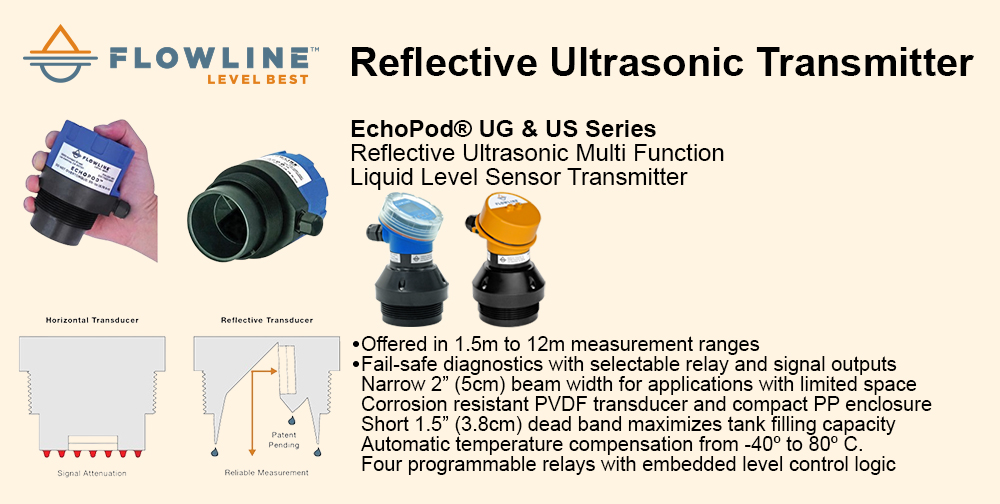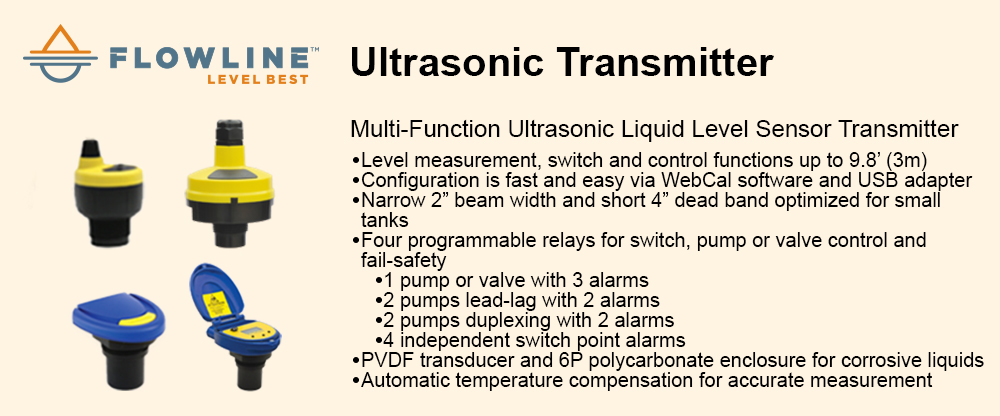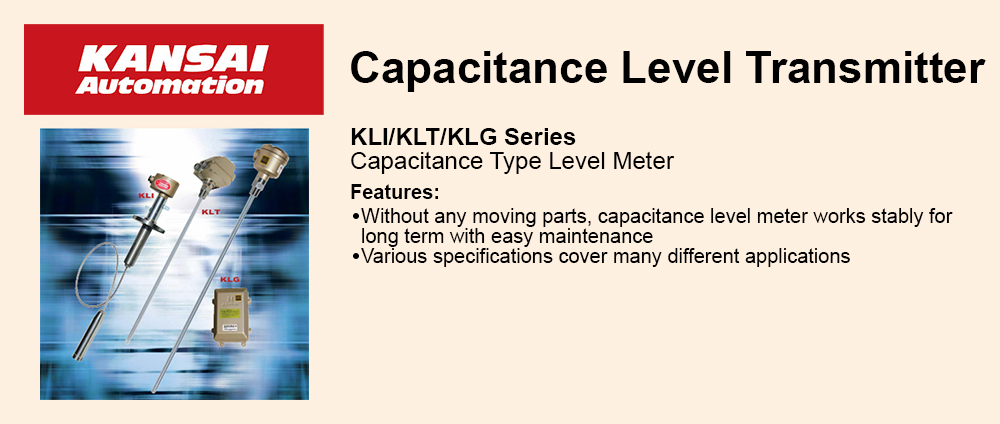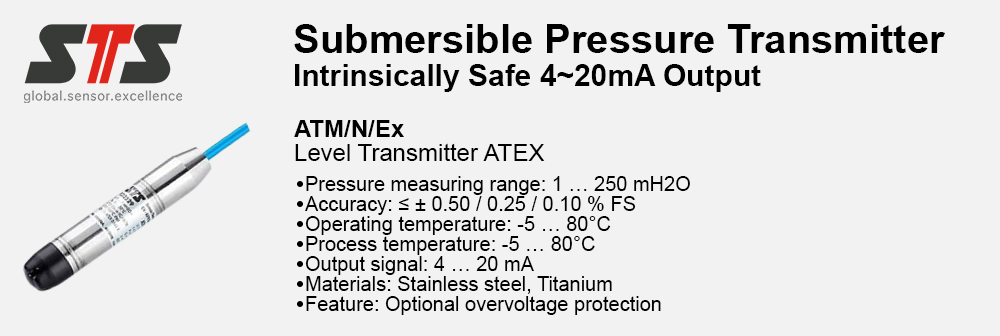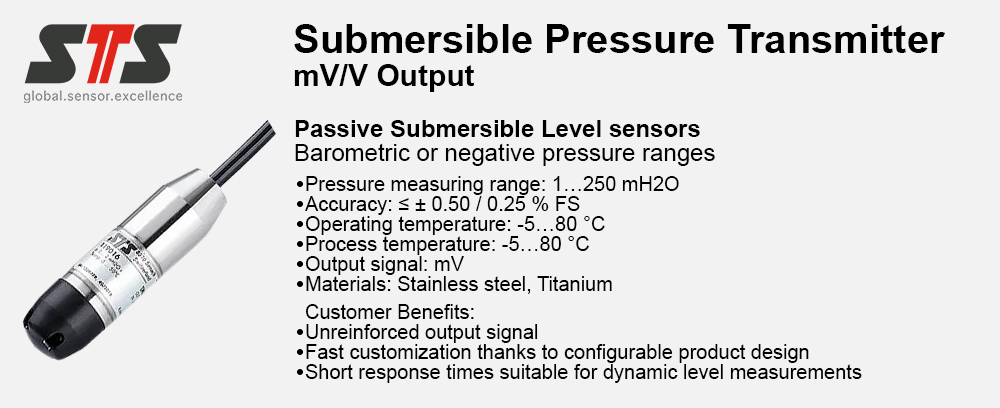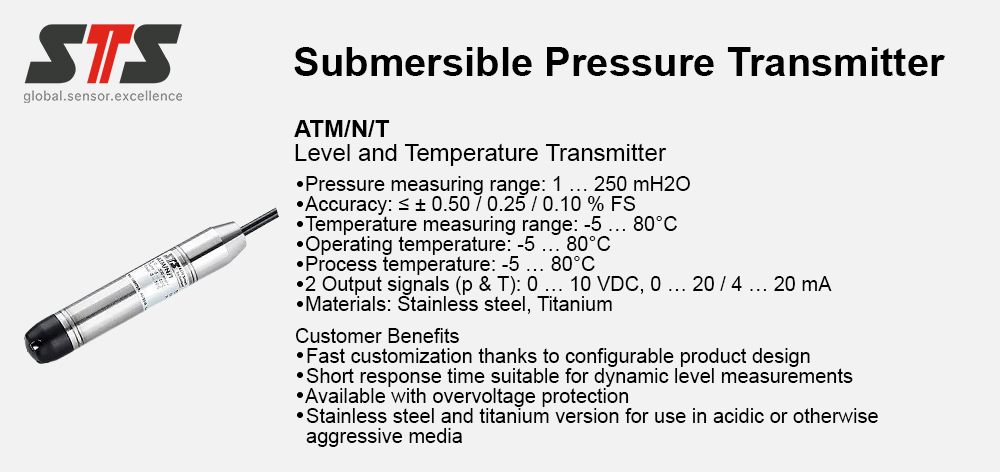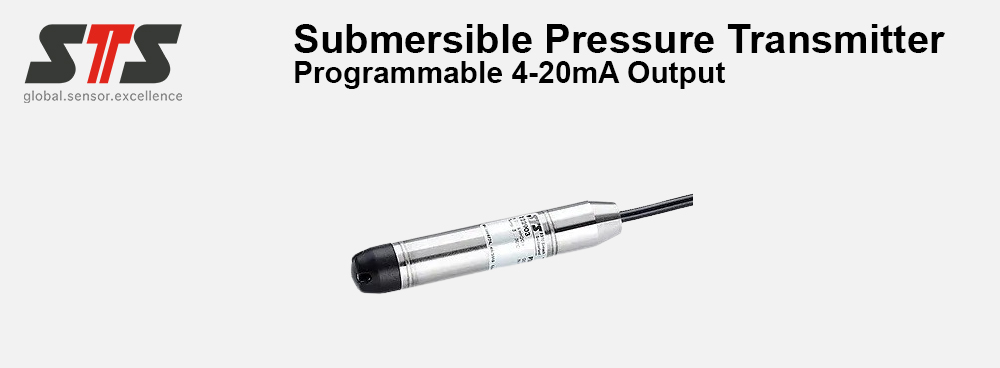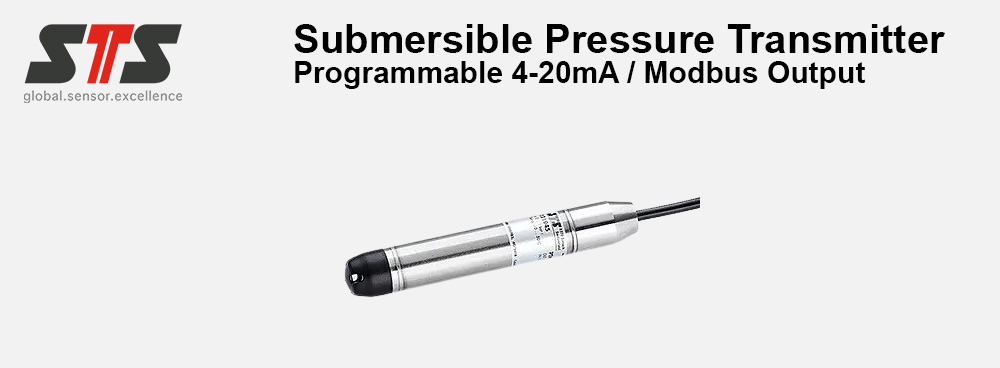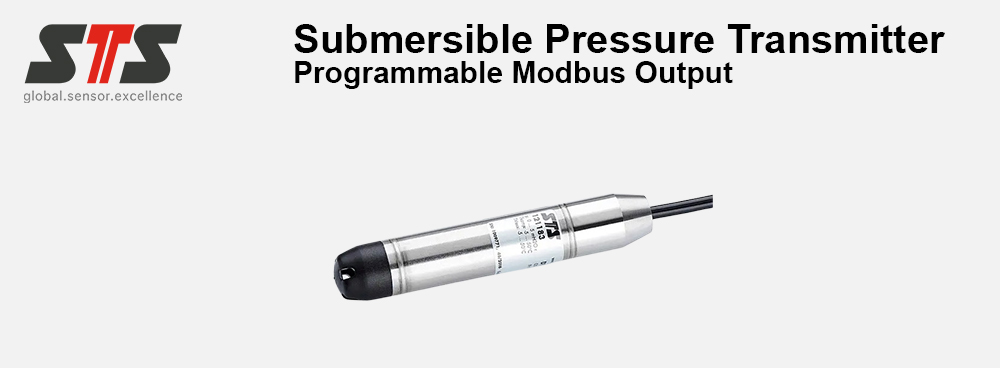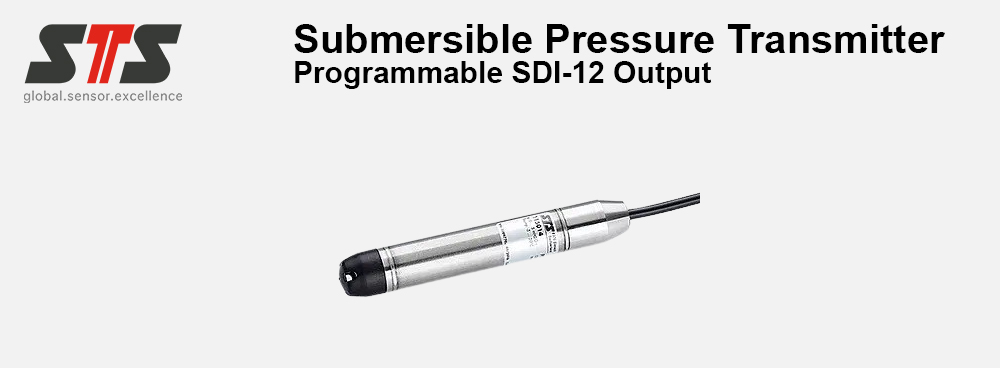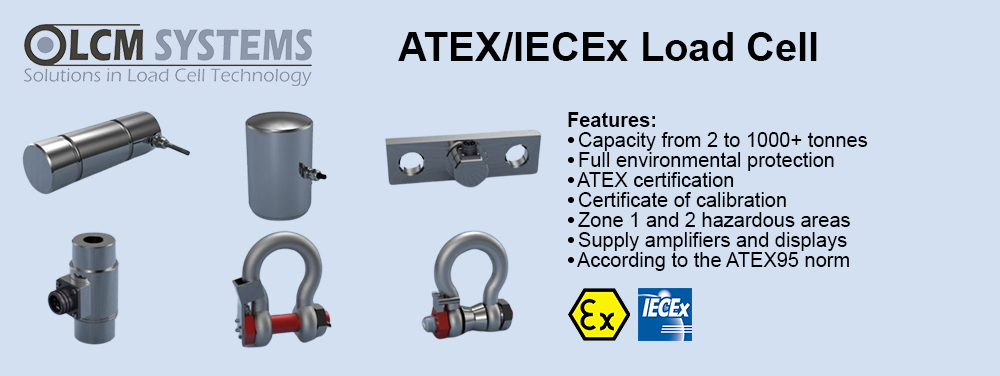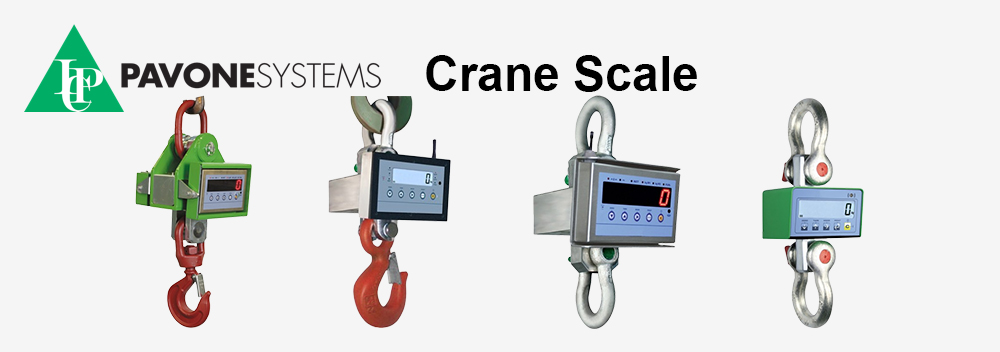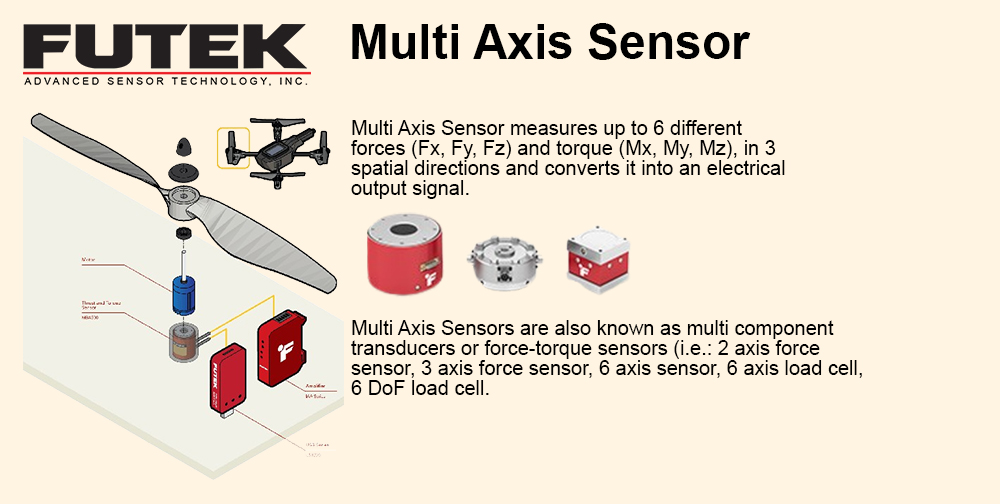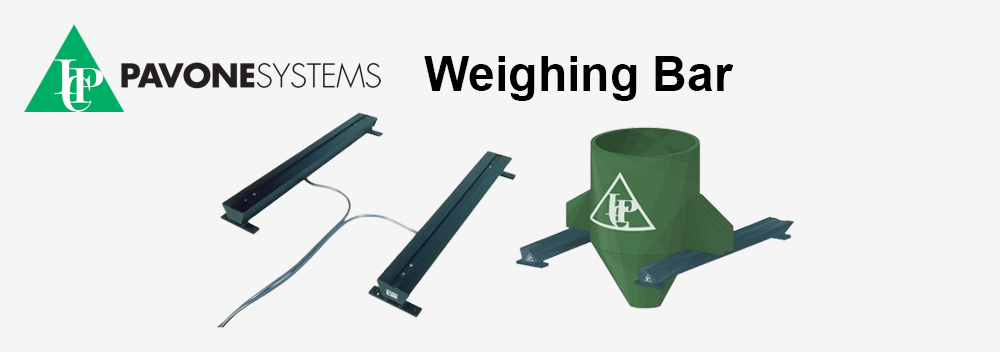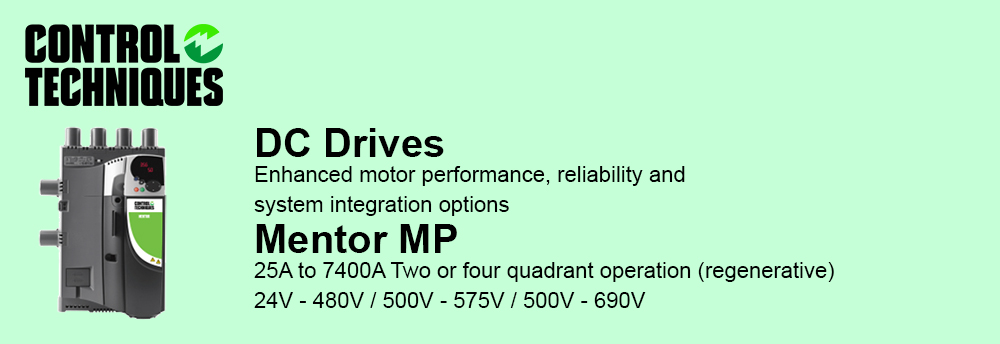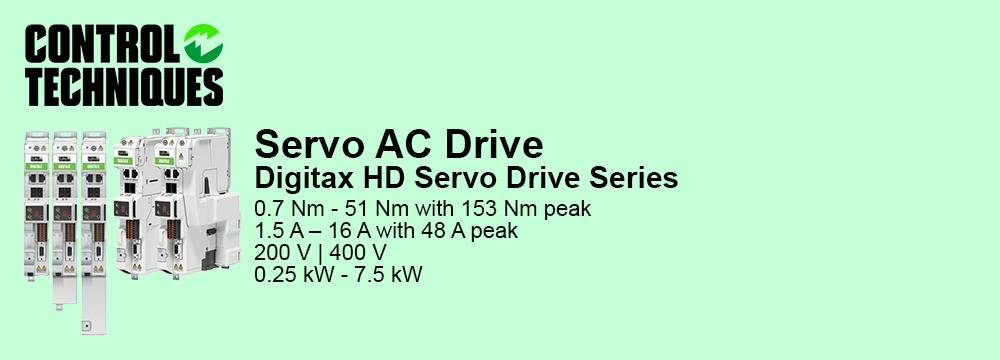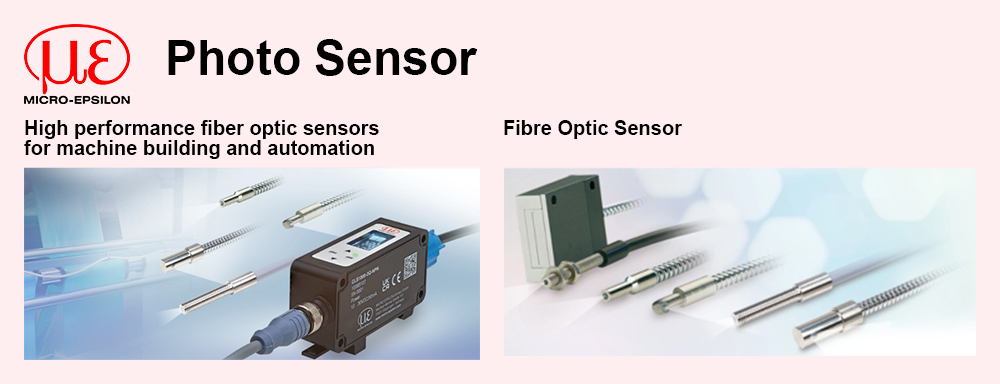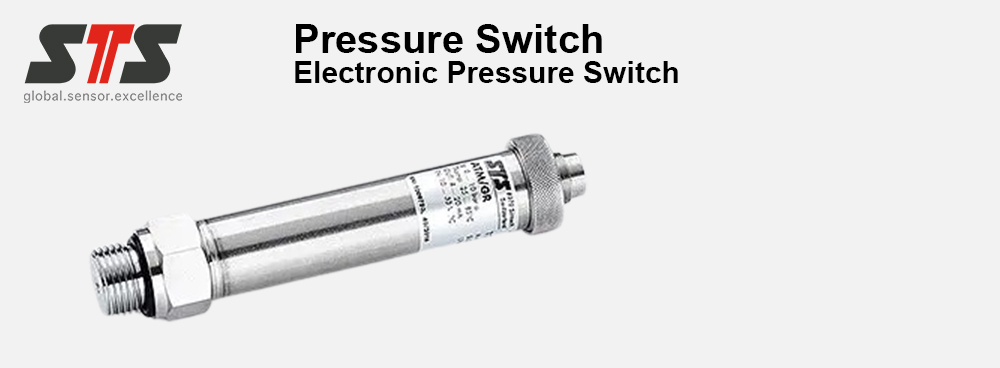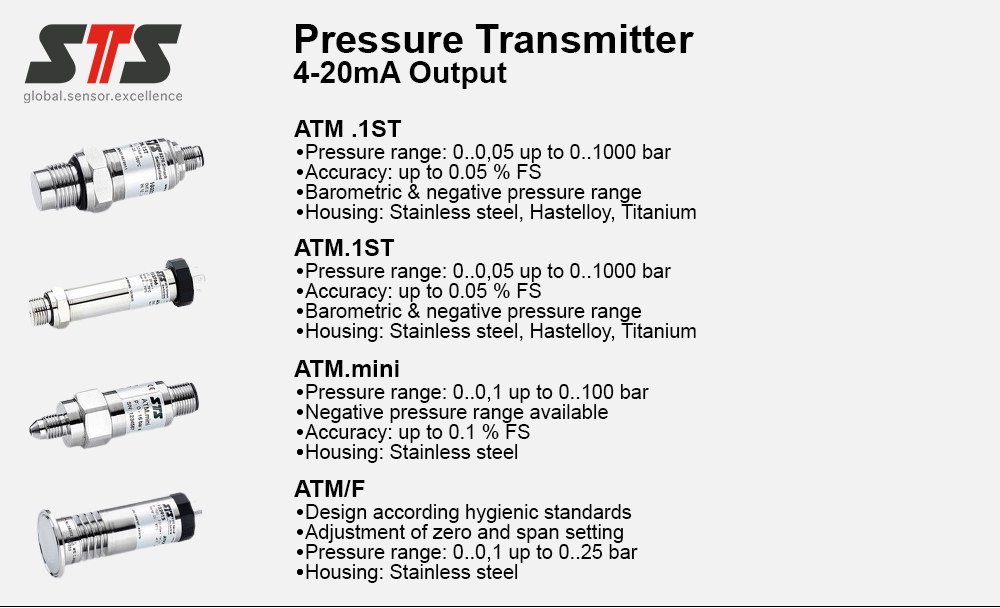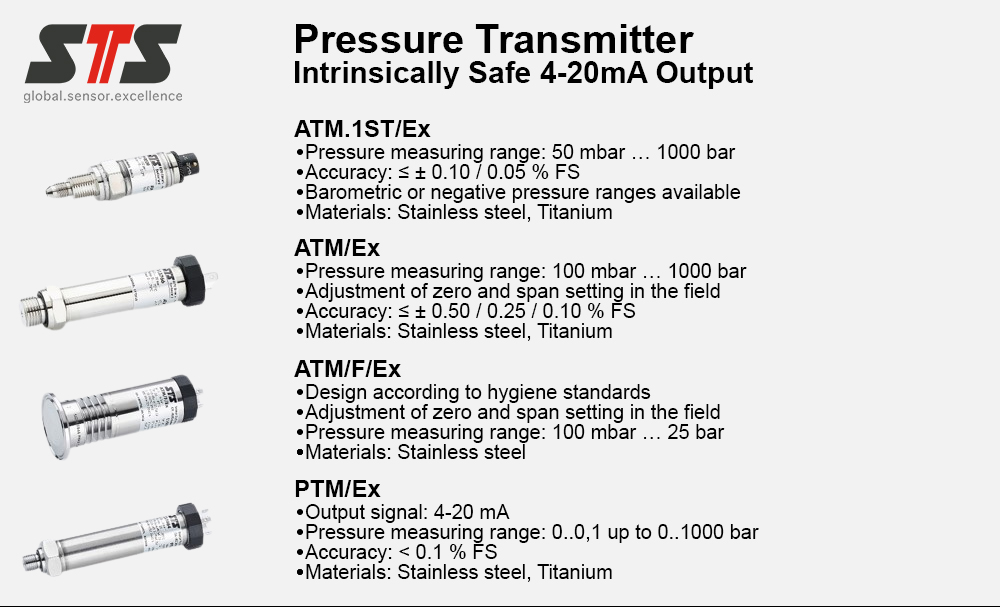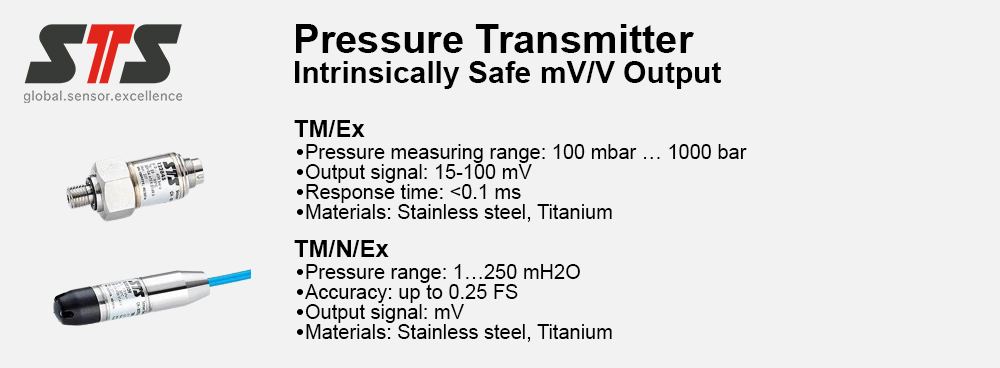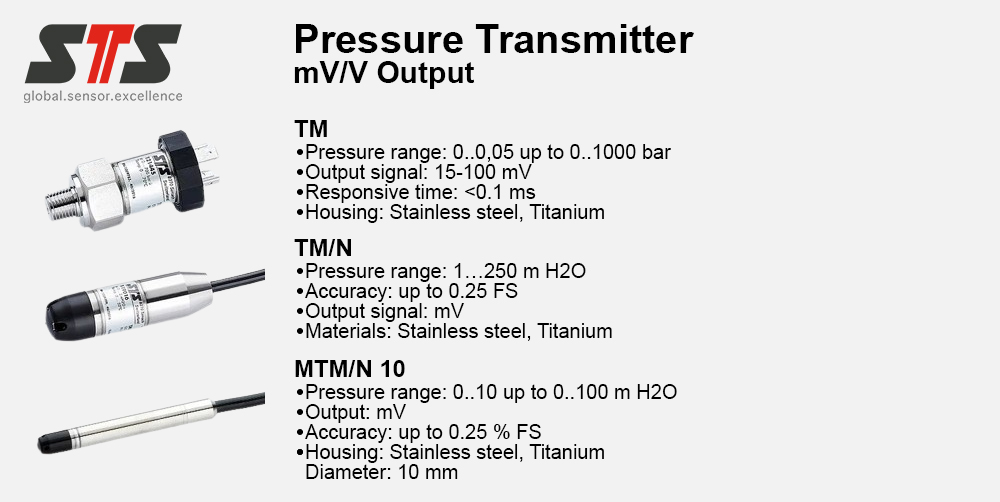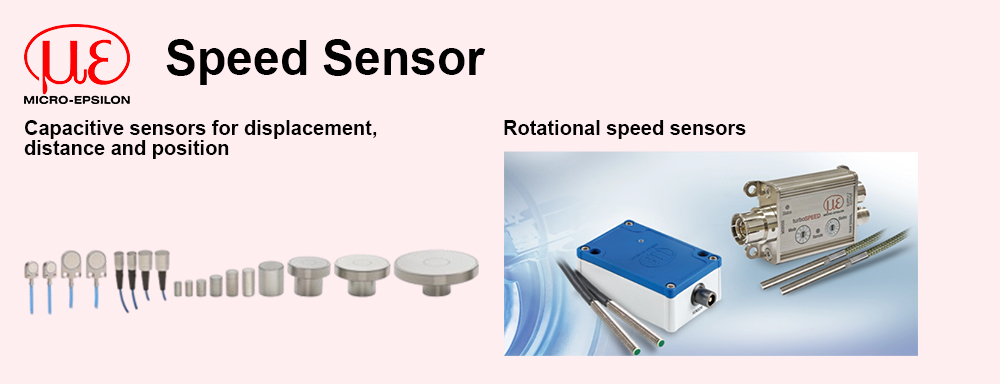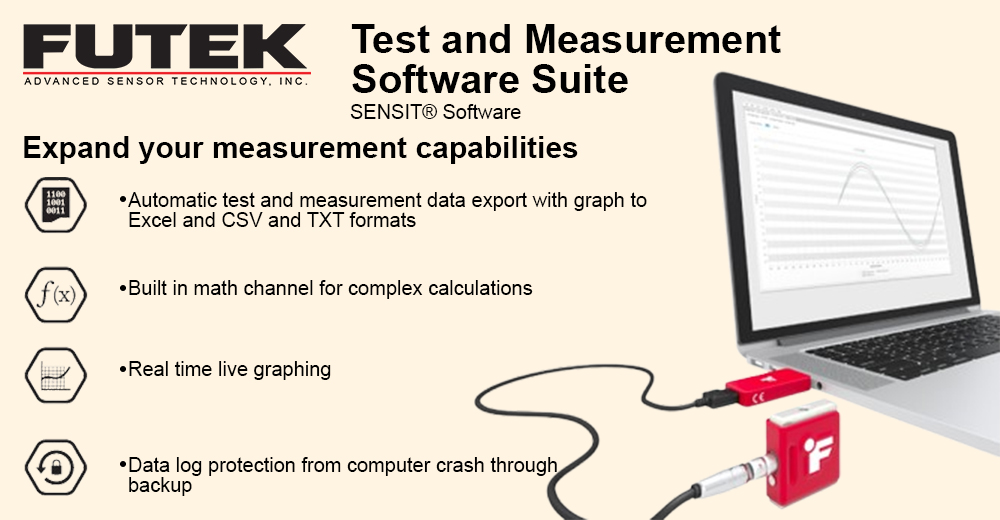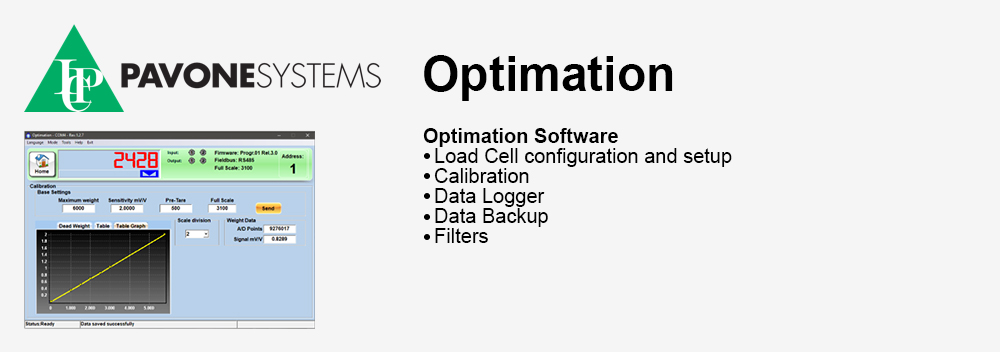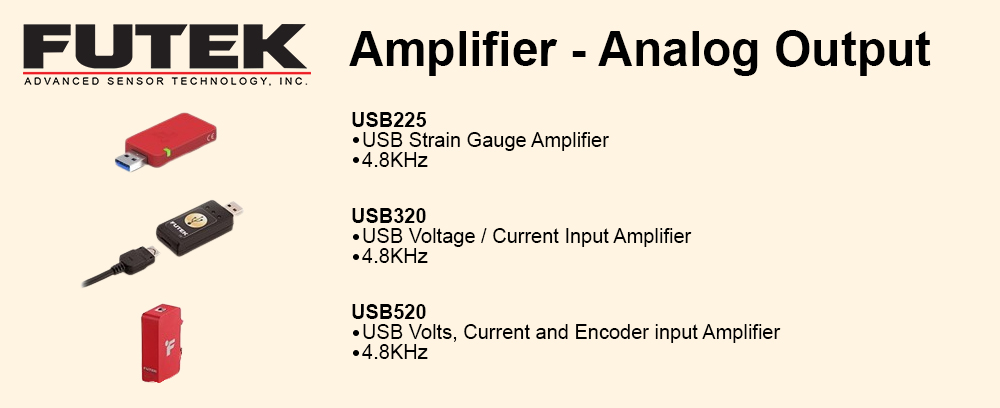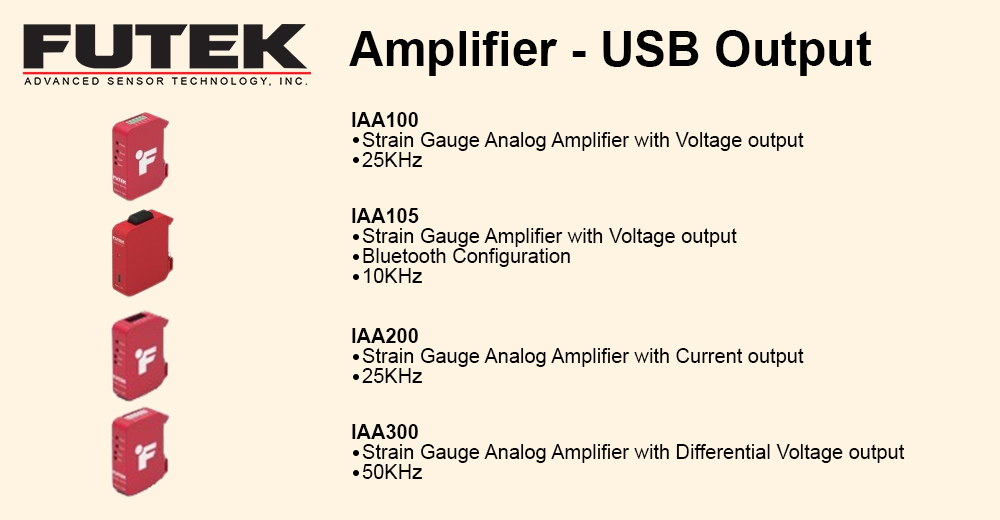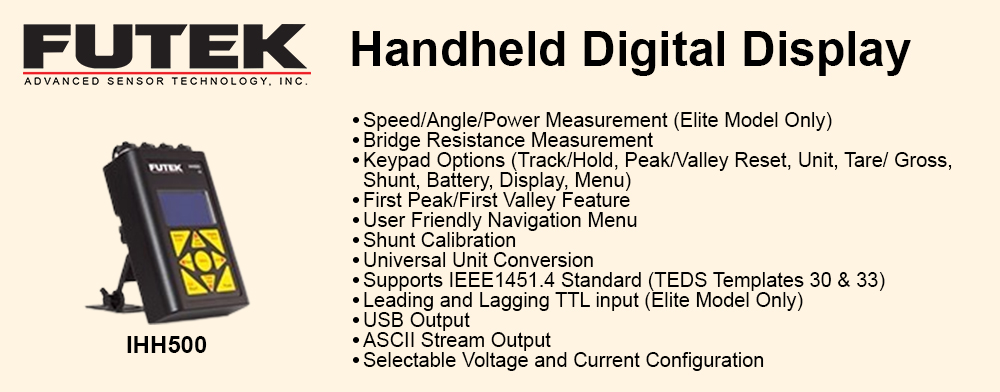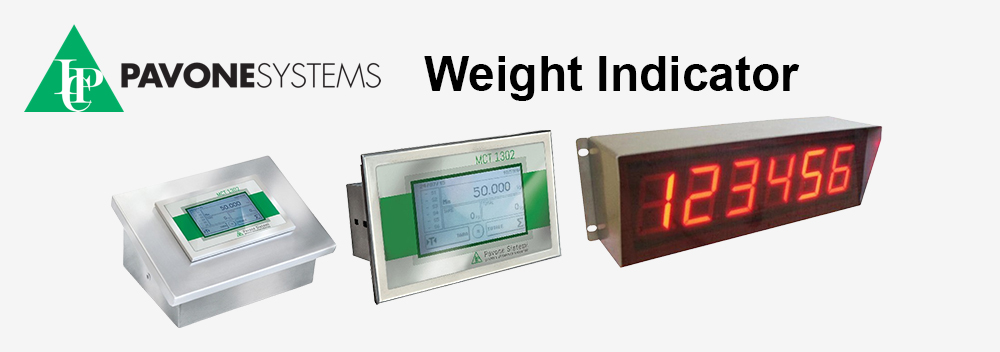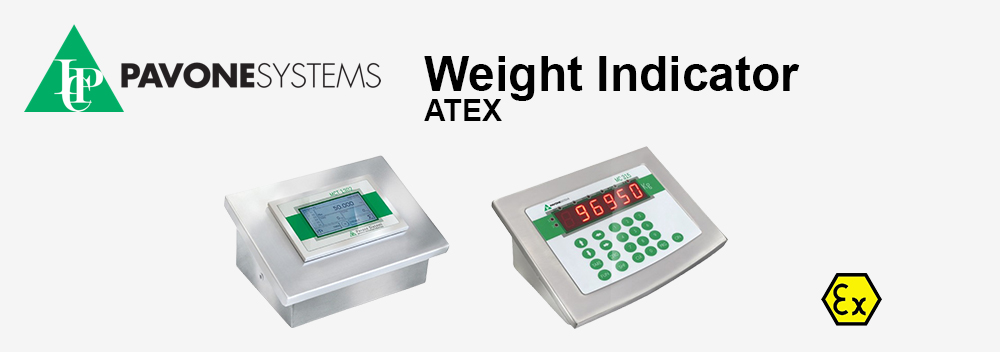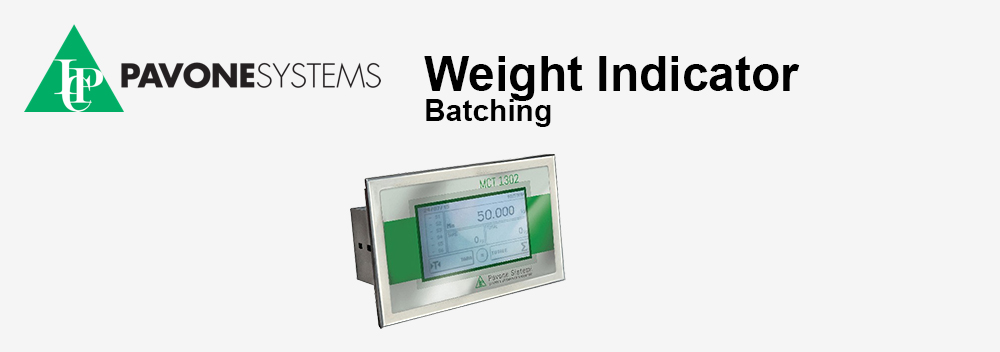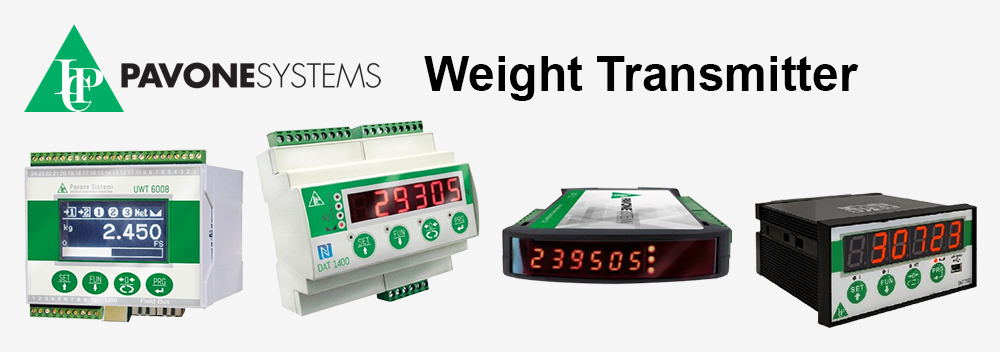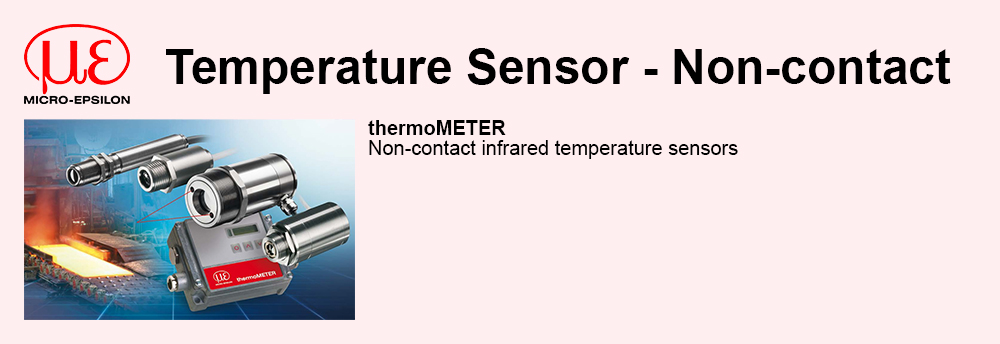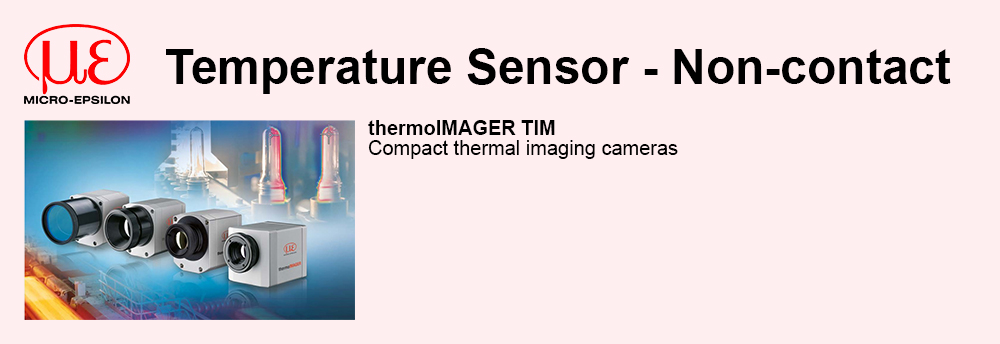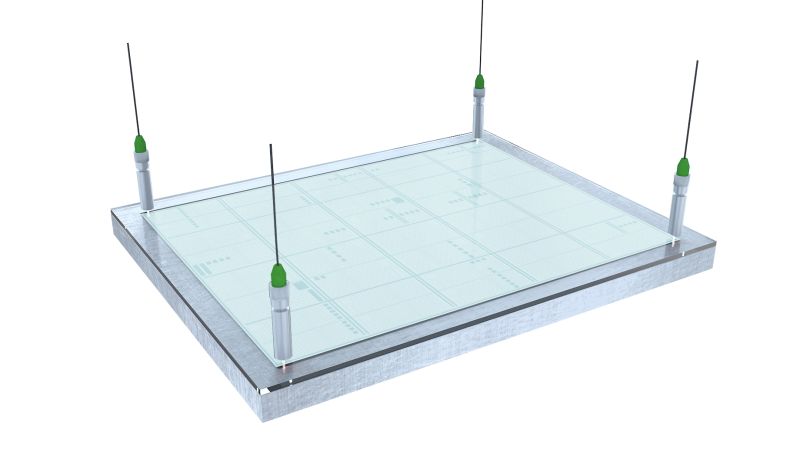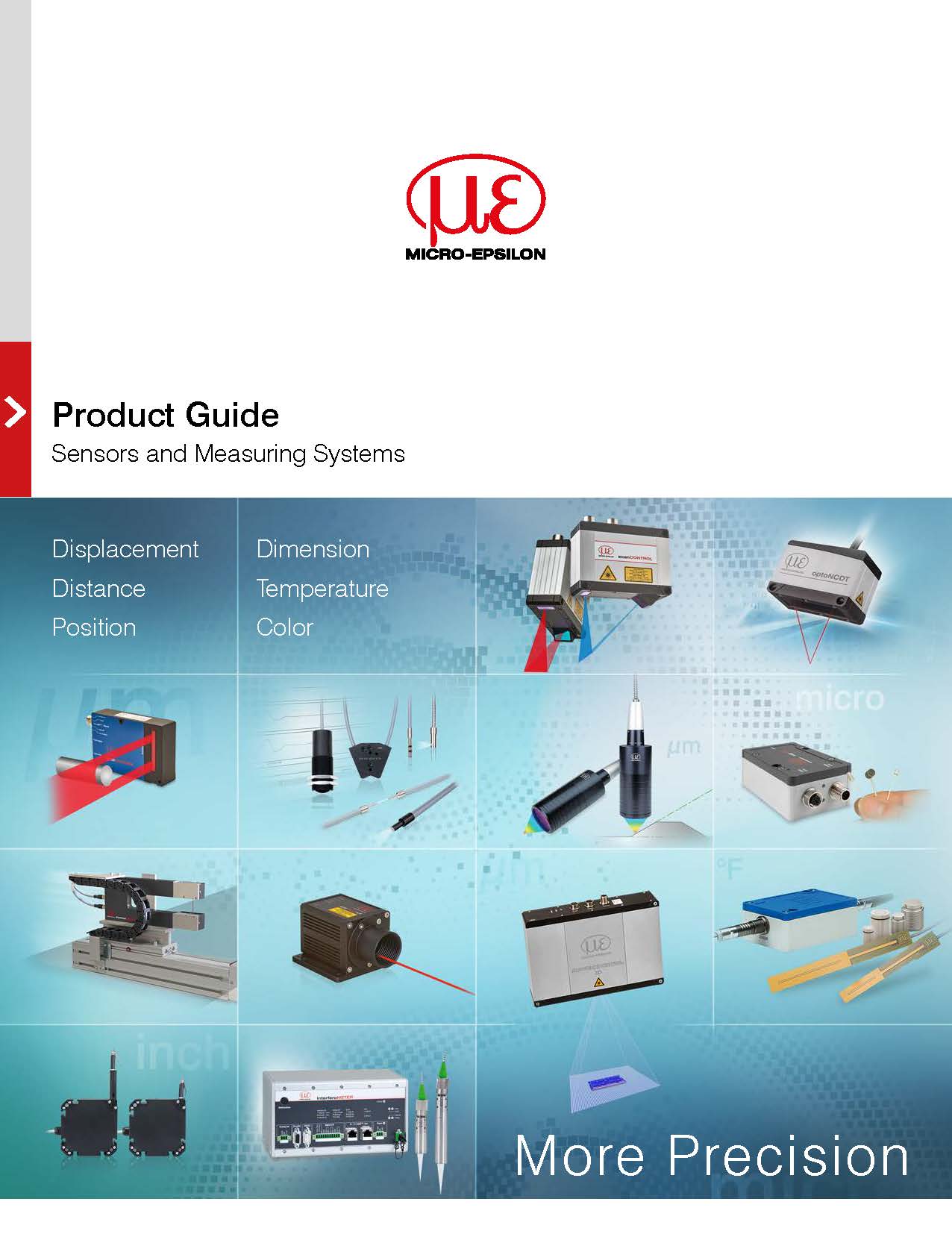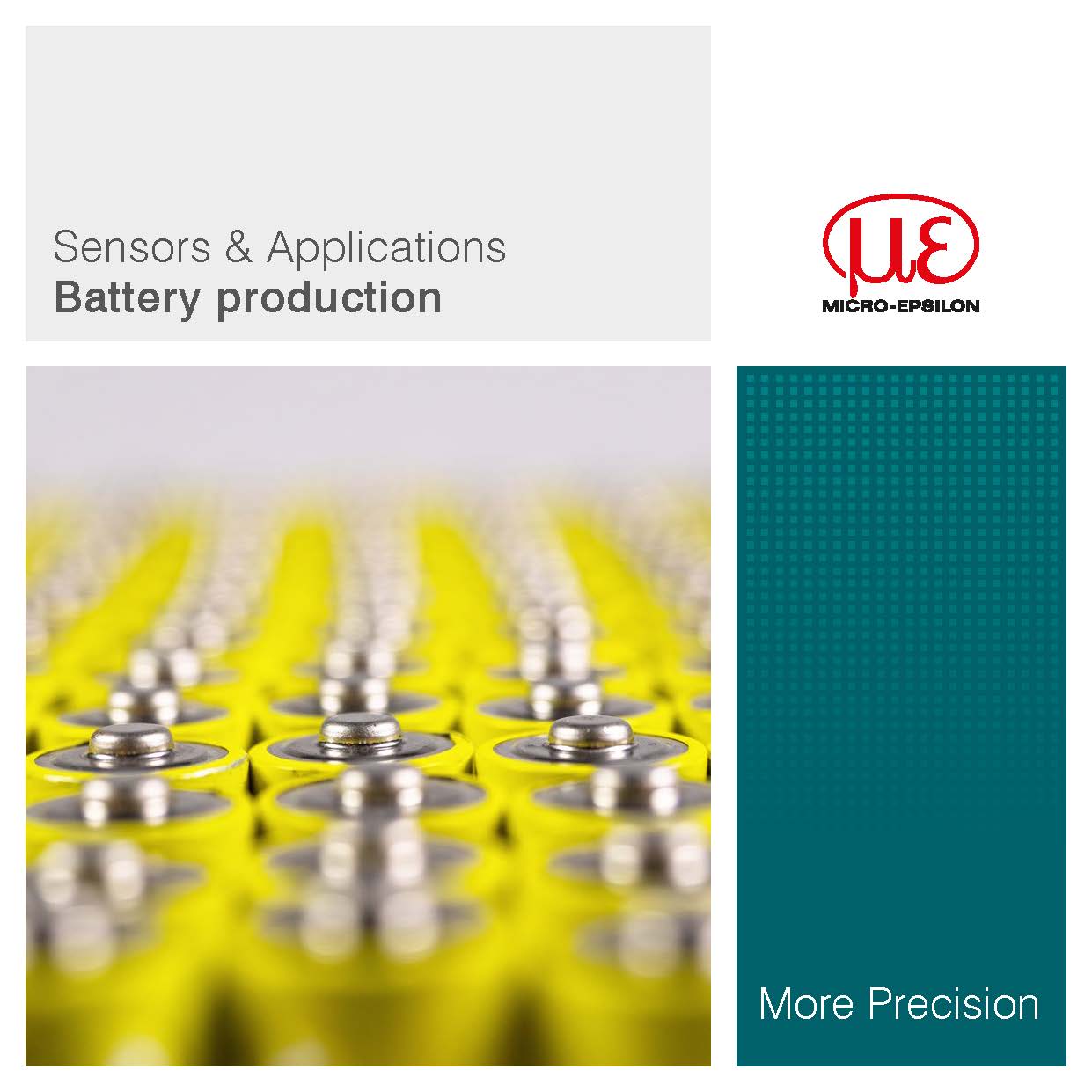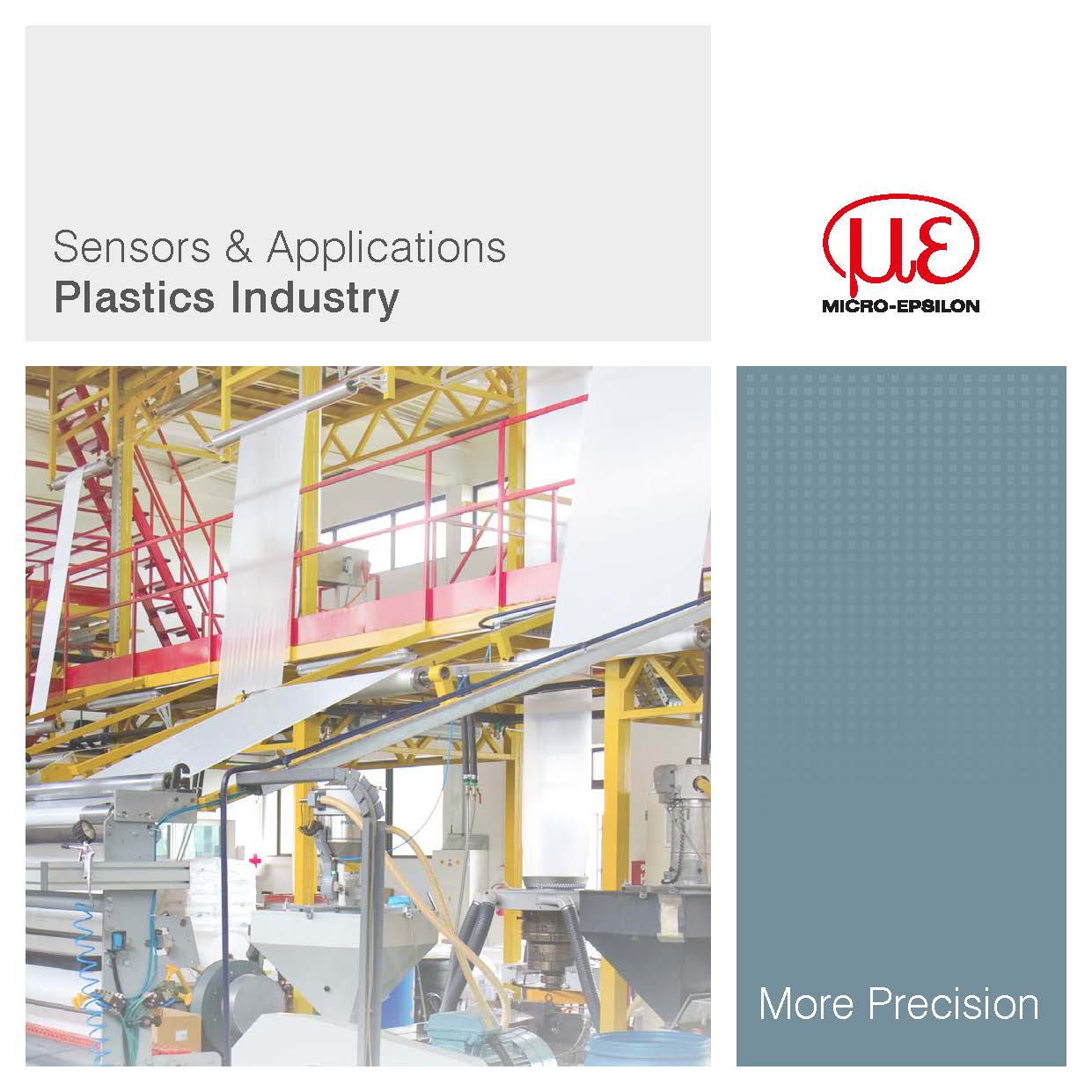Centering, positioning, tilt, alignment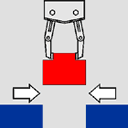 Different parts must often be positioned or products put in a specified place in production systems or for automatic movements. Thereby, sensors can only transmit the distance information to the controller or perform the complete system regulation with its signals. Welding robots with automatic weld seam guidance are an example of automatic regulation. Different sensors are used depending on which material the part to be positioned is made of. Sensor technology applied |
| __________________________________________________________________________________________________________ |
Distance control in 3D printing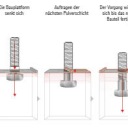 Micro laser sintering technology is an additive production technology based on digital 3D design data, whereby a component is constructed layer-by-layer from metal powders using a laser beam. This procedure is also known as industrial 3D printing. The exact positioning of the squeegee to the base surface (distance and tilt angle) requires an exact control method. Four CSE05(01) capacitive displacement sensors are used here. The planarity of the descending construction platform must be inspected before the process starts using three CS02 sensors integrated into an add-on module. |
| __________________________________________________________________________________________________________ |
Automatic height adjustment for material analysis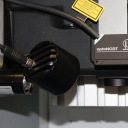 Laser-induced breakdown spectroscopy (LIBS) performs precise analysis of the atomic composition of different materials. The measurement objects involved are mostly mineral or metallic parts whose surfaces have different gloss levels and which are sometimes extremely tilted. SECOPTA analytics GmbH uses the ILD1320-100 sensors from Micro-Epsilon in this application to automatically readjust the height of the LIBS sensor head. Particularly with metal samples whose surfaces have different textures such as oxidized spots, the ILD1320 with the ATC feature is a reliable sensor. Sensor technology applied |
| __________________________________________________________________________________________________________ |
Web-edge detection in the calender of a paper machine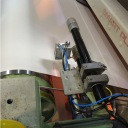 If movement of the paper web in the calender is not exactly executed in one line, the heated calender roller is pressed directly onto the coating of the opposite roller, which can damage it. Repairing this special coating or even replacing the whole roller would be very costly, which is why it is mandatory to control the position of the web edge. This is where laser line sensors from Micro-Epsilon are utilized, transferring the exact position of the web edge directly to the machine control system. Sensor technology applied |
| __________________________________________________________________________________________________________ |
Measuring system for strip position monitoring in a coating tank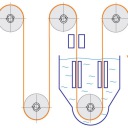 In the electrolytic refinement of thin sheets electrical losses are minimised by a small distance between strip and anode. This requires exact strip guidance. Before the strip enters the coating tank it is guided and measured between two measuring bars with nine eddy-current sensors each. Actuators are initiated and change the position of the anodes in accordance with the strip geometry, or initiate a return to the starting position if limit values are exceeded. Sensor technology applied |
| __________________________________________________________________________________________________________ |
Sheet edge measurement prior to laser welding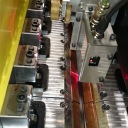 The company „Paul von der Bank“ in Hilden (Germany) develops and manufactures modular-designed robotic welding cells and fully automatic production and processing lines. To ensure high production quality of longitudinally welded pipes, the following factors must be considered: Besides sheet edge length, the exact edge position must be known, it must be guaranteed that sheet edges are aligned perfectly to each other. Sensor technology applied |
| __________________________________________________________________________________________________________ |
Print head positioning using laser triangulation sensors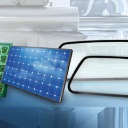
When printing on materials such as glass and ceramics, very fine detailed structures are generated, which requires precise positioning of the print head. This is why optoNCDT 1420 laser triangulation sensors from Micro-Epsilon are used. With a measuring range of 10mm, these determine at various points in the print head the respective distance from the surface Sensor technology applied |
| __________________________________________________________________________________________________________ |
Precise positioning of a surgical microscope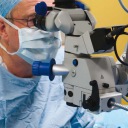 Surgical procedures require a perfect view of the operating area. Here, the surgeon is often supported by a surgical microscope. To enable the surgeon to best position the microscope and to give the surgical team more room to move, the microscope optics are mounted to long arms on a stand. Sensor technology applied |
| __________________________________________________________________________________________________________ |
Automatic paper roll control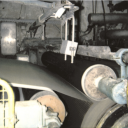 In paper production the prepared paper pulp flows onto a conveyor belt of fine wire mesh at the so called "wet end". There most of the water is removed by means of a vacuum. The paper web is generated and is transported to the second station, the wet press rollers, which determine the paper web speed by means of a second drive unit. In order to avoid tears in the paper web a laser position measuring system is used here which measures the position of the paper web between the two stations. The analog output signal of the sensor is fed into a closed-loop control circuit which influences the motor speed at station 1 and thereby ensures that a specified setpoint distance value is maintained. Sensor technology applied |
| __________________________________________________________________________________________________________ |
Automatic positioning of synchronizer discs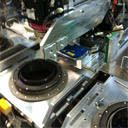 Synchronizer discs are used as a synchronizer package in automatic transmissions. Behr Systems in Germany created a handling and processing plant for deburring the front side of the synchronizer discs using a laser. An essential part of this plant is the measurement technology, which guarantees the precise positioning of the synchronizer discs under the deburring laser. Sensor technology applied |
| __________________________________________________________________________________________________________ |
Positioning of operating tables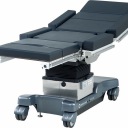 Operating tables provide many adjustment options for the correct positioning of the patient during the operation. As well as the height, the horizontal position and angle functions can also often be adjusted. As the positioning is performed electrically, the positions must be monitored. Draw-wire sensors from Micro-Epsilon are used for this. Sensor technology applied |
| __________________________________________________________________________________________________________ |
Position measurement on X-ray machines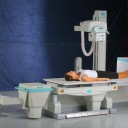 For highres pictures of digital X-ray machines, the camera must be exactly adjusted to the X-ray tube. For pretty flexible operation, different axes are electrically moveable. Therefore, the adjustment of the camera to the X-ray tube can be as precise as possible, the positions of the axes are measured with draw wire sensors of the series wireSENSOR. With this gang control the camera and the X-ray tube can be moved parallel. Sensor technology applied |
| __________________________________________________________________________________________________________ |
Measuring vibrations on an engine manifold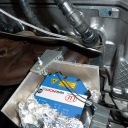 Optimizing the processes within an internal combustion engine is becoming increasingly important in this day and age. A whole series of measurements is vital for engine management purposes. The temperature of the exhaust gas is one important source and is recorded using a thermocouple within the manifold. To check the way it is attached, it is necessary to examine the propensity to vibrate, as well as the mechanical rigidity of the structure. This is an application where the blue laser comes to the fore. Sensor technology applied |
| __________________________________________________________________________________________________________ |
Angle measurement in the SoloAssist®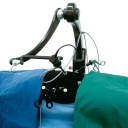 Minimally invasive surgery using endoscopes is performed today for many operations. The guidance of an endoscope was previously performed by an assistant doctor. The camera guidance task in the future is taken over by “Soloassist”. The machine enables precise control of the endoscope in all directions. The movements of Soloassist are monitored and controlled using draw-wire sensors from the wireSENSOR MK30 series. Sensor technology applied |
| __________________________________________________________________________________________________________ |
Reflector tilting for satellites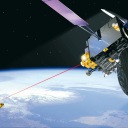 Satellites communicate with one another using laser beams. For this communication, the transmitter must be very precisely aligned with the receiver. The laser beam is stabilized using a deflection mirror. The position values are recorded with miniature eddy current sensors from Micro-Epsilon which achieve a resolution of better than one microrad. These sensors are also used in positioning tasks such as for laser tracking or lithography. Sensor technology applied |
| __________________________________________________________________________________________________________ |
Tracking control of gantry and overhead cranes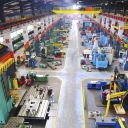 Rail-guiding elements (wheel flanges, guide pulleys) ensure that the crane stays on the rails. Due to uneven distribution of mass, track errors, rails offset and different driving speeds, the rail-guiding elements can mesh. The lateral forces arising from this can lead to noise, stress in the crane construction or wear of the wheels and rails. Machines of this type require considerable maintenance. In order to reduce the latter, so-called tracking controllers are used in order to ensure that the crane wheels are kept central to the rail track. In this case, a number of sensors keep the controller informed about the position and direction of the crane, as well as any deviations that occur. Sensor technology applied |
| __________________________________________________________________________________________________________ |
Pneumatic slide valve position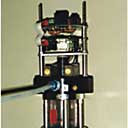 Pneumatic control valves are employed in chemical engineering for regulating liquid and gaseous media. In order to achieve a constantly high level of process reliability, the flow rate must be controlled exactly. A slide is driven pneumatically, changing the opening for the flow. An inductive displacement sensor, which measures the slide position, is joined to the slide. A microcontroller handles the control and evaluation of the displacement sensor along with the closed-loop control, parameterization and bus linkage of the control valve. Due to the already existing controller, the position measurement is realized for practically no cost, apart from a few passive components. Sensor technology applied |
| __________________________________________________________________________________________________________ |
Speed measurement on automatic abrasive cutting machine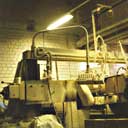 Tiles and special bricks are processed according to their type on automatic abrasive cutting machines. The objective is fast throughput times with the best quality result. Here, the setting parameters for the rotational speed, the circumferential speed of the cutting disk and the feed rate of the movable table are important. The table movement is acquired by a rugged draw-wire displacement sensor with incremental encoder. A digital tachometer calculates this speed and displays it. Sensor technology applied |
| __________________________________________________________________________________________________________ |
Monitoring embossment depth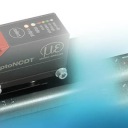 Embossed serial numbers enable worldwide unambiguous identification of, for example, car body shells. For increased safety measures (e.g. in case of theft), car body IDs are punched into the vehicle frame. Therefore, the depth of the embossment is a critical factor. This is why embossing machines operate using optoNCDT 1420 laser triangulation sensors from Micro-Epsilon. These determine the precise distance between the embossing tool and the component. Based on these distance values, the tool can be positioned correctly. After the embossment is finished, the sensor measures the profile of the embossment and ensures that all characters are embossed to the required depth. Sensor technology applied |
| __________________________________________________________________________________________________________ |
Displacement sensor for nanopositioning tasks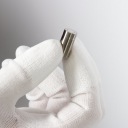 Very small displacements, both static and dynamic, are normally generated by piezo actuators. High precision displacement sensors ensure that these displacements are measured to the required nanometre and sub-nanometre accuracies. Resolution and repeatability of up to 0.04nm are possible. Non-contact, capacitive displacement sensors from Micro-Epsilon provide this sub-nanometre precision. The capaNCDT series combines high precision and the required stability. Sensor technology applied |




